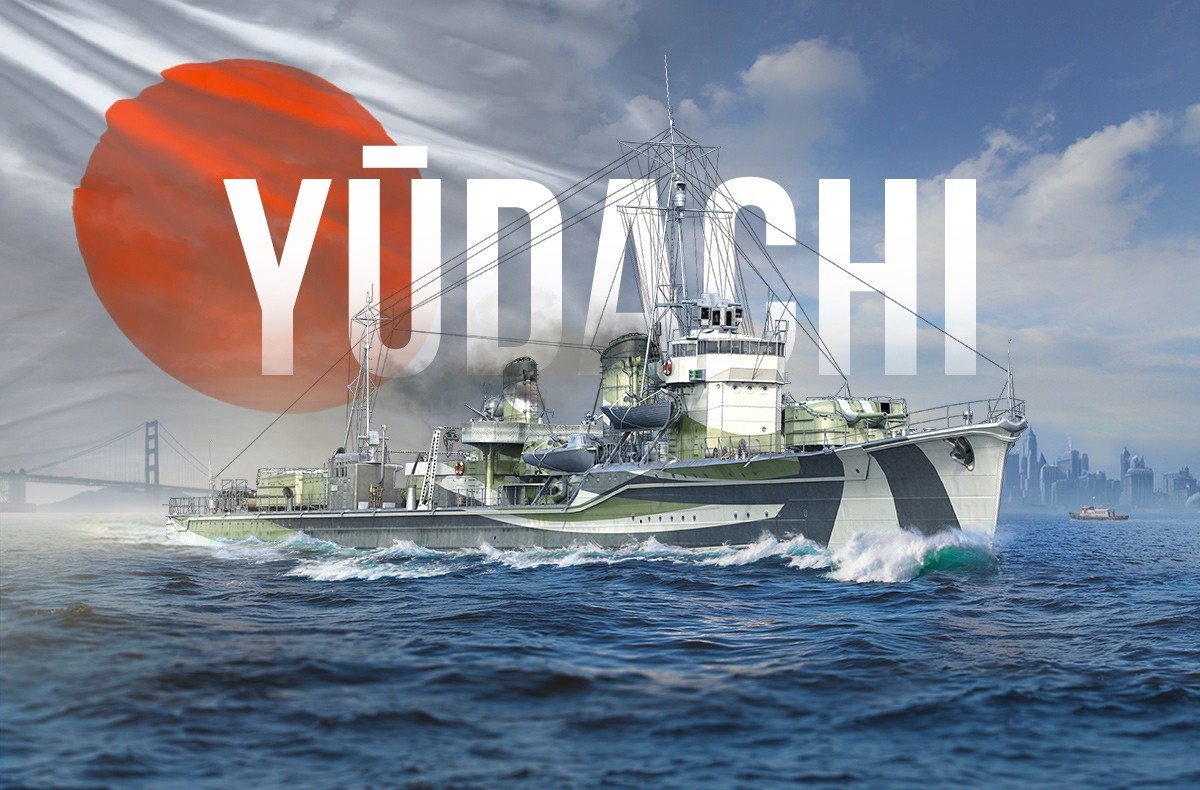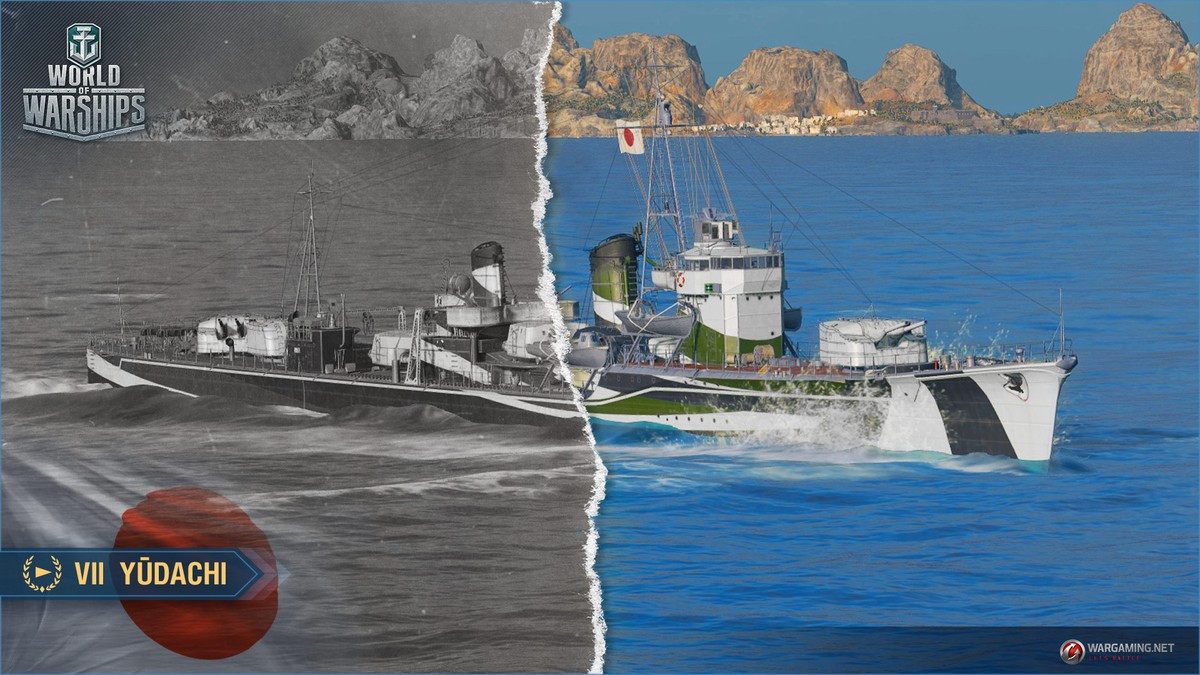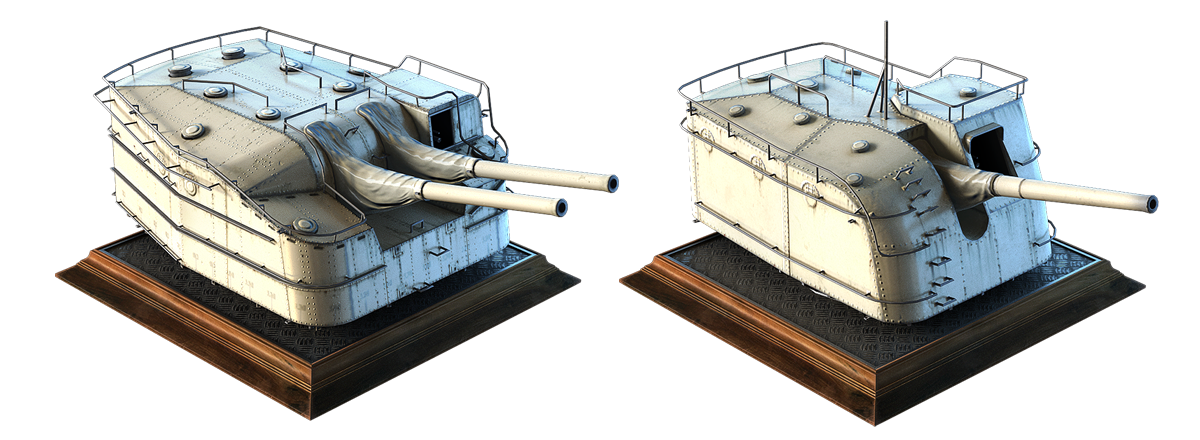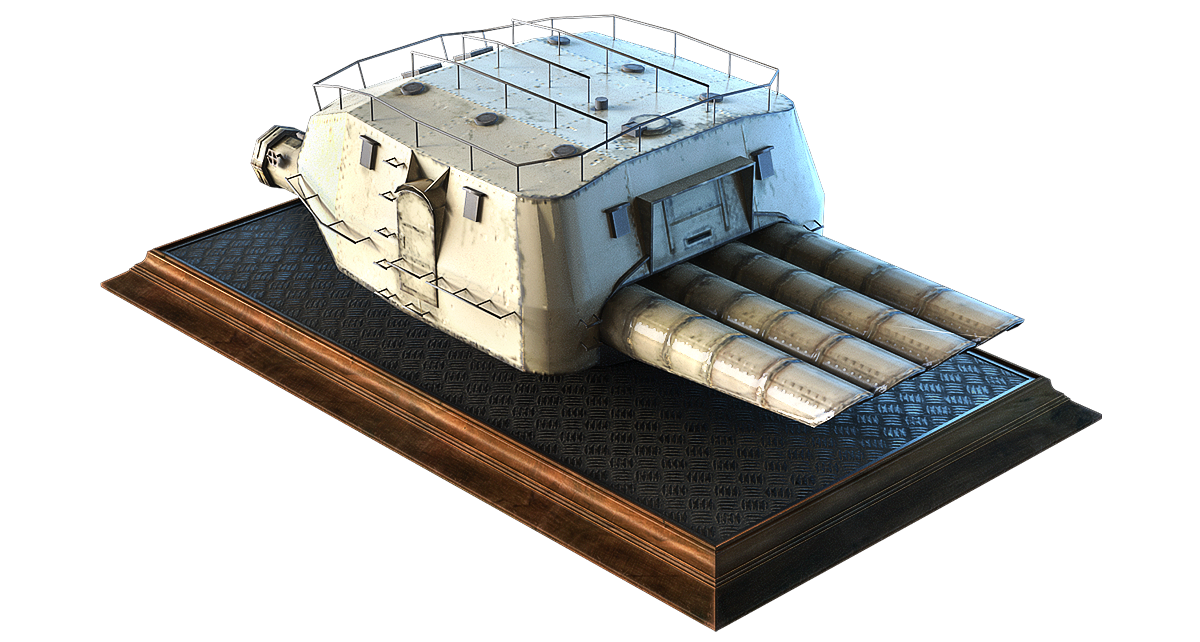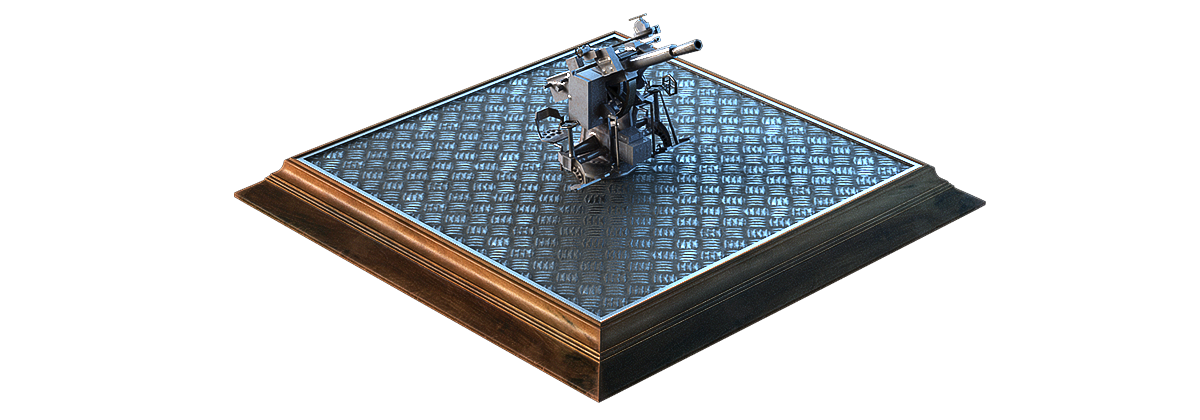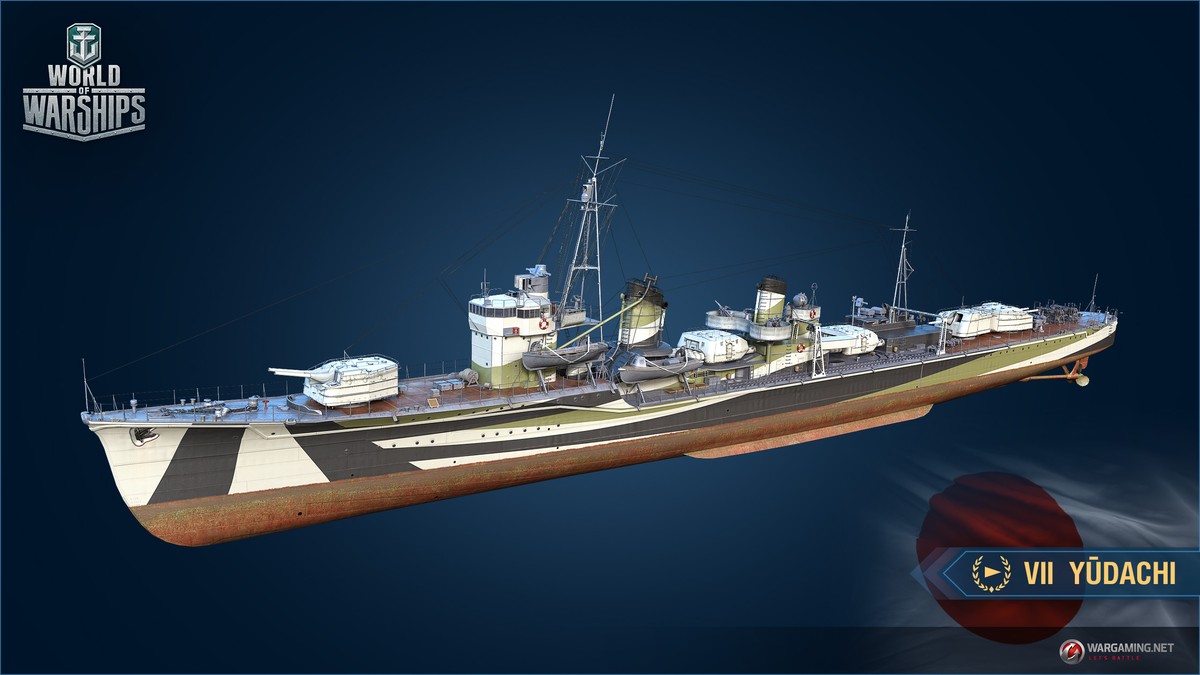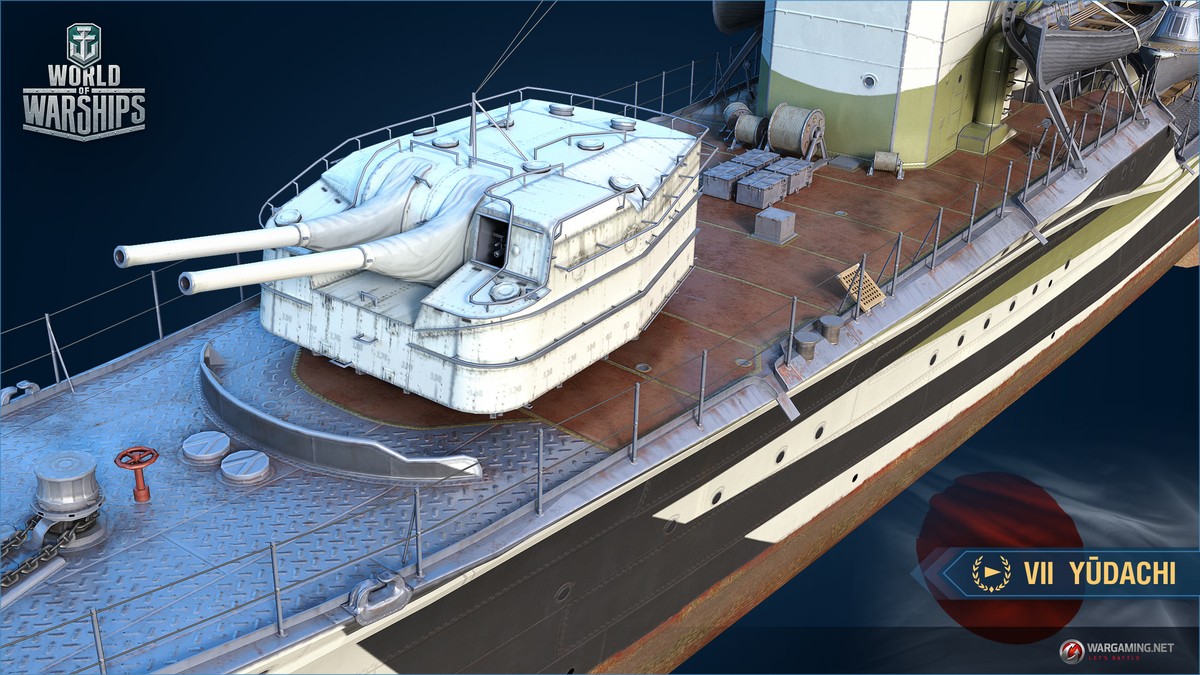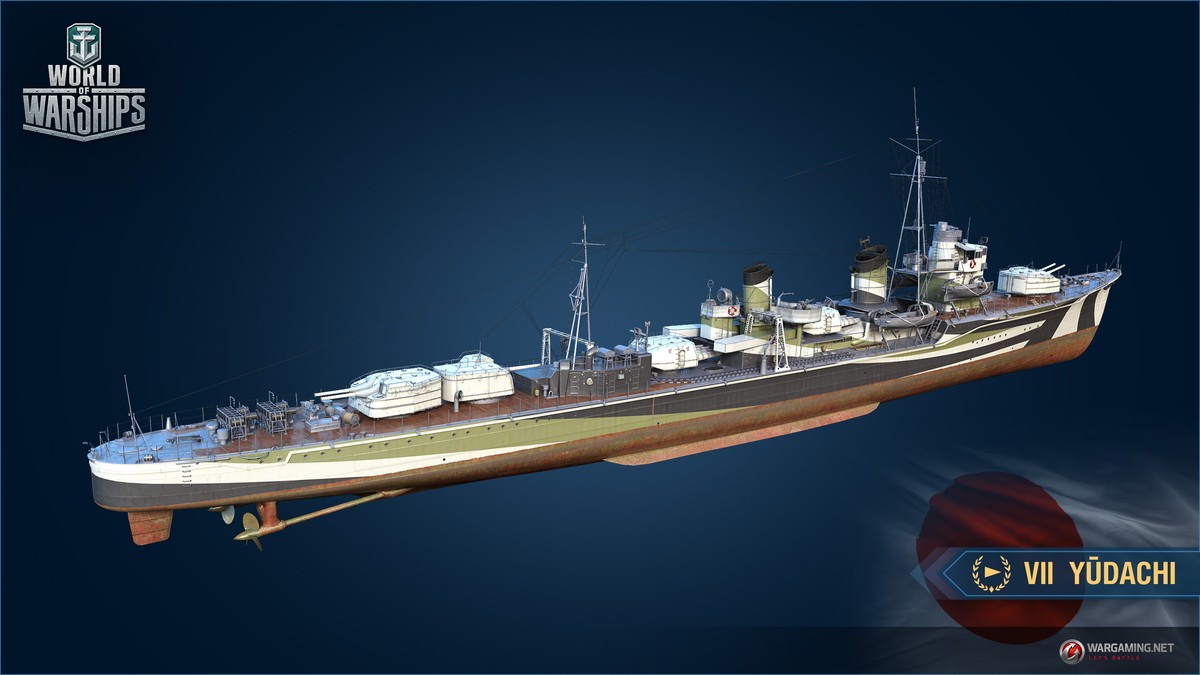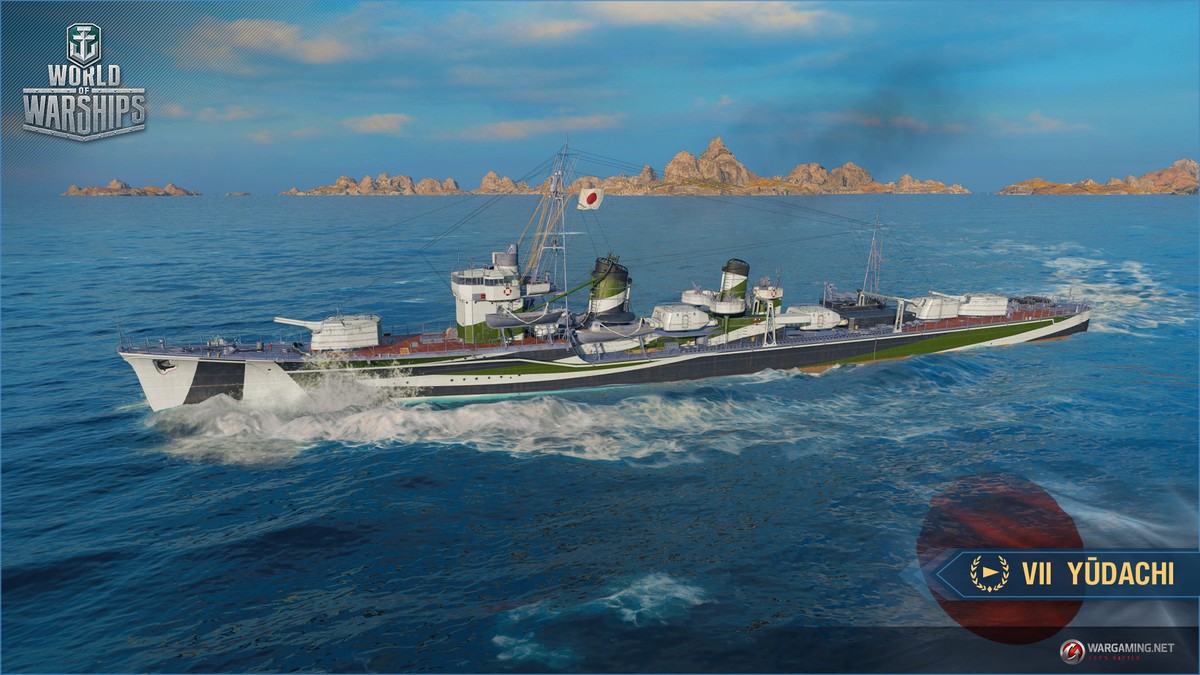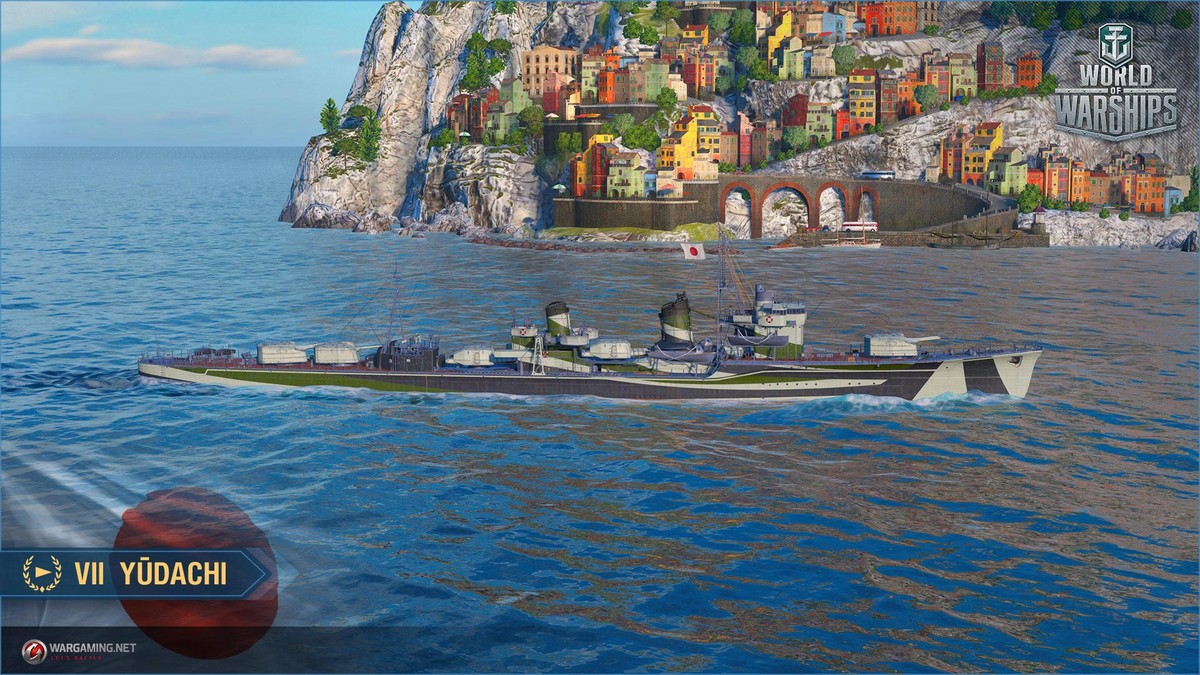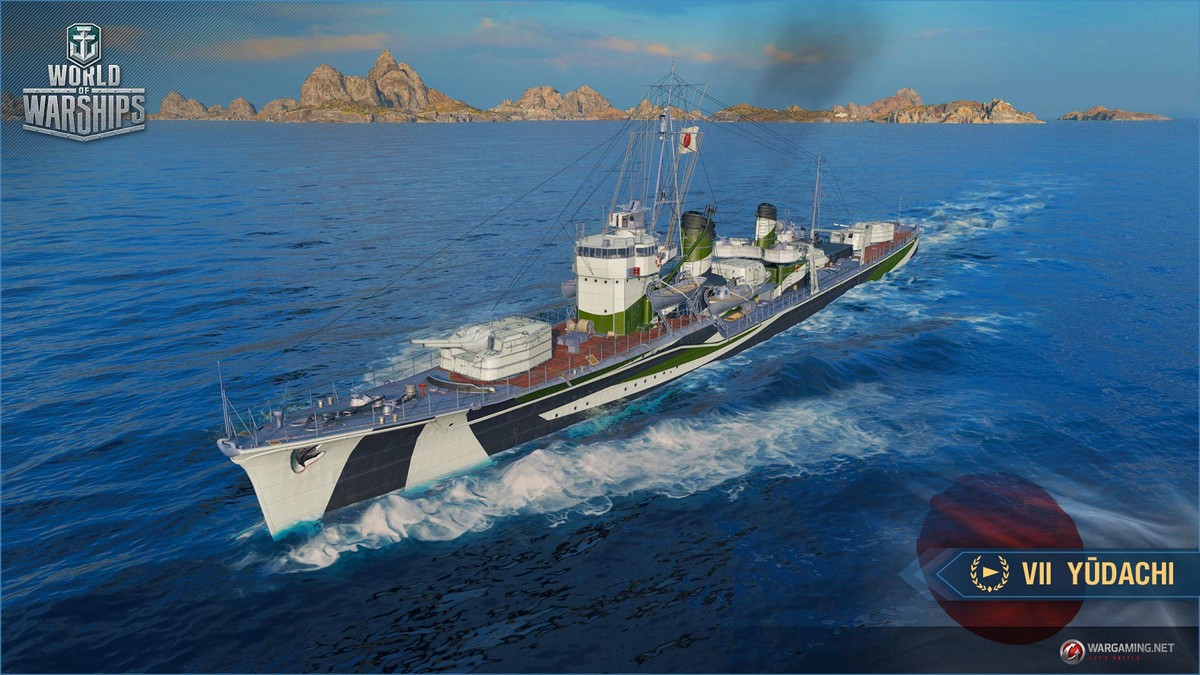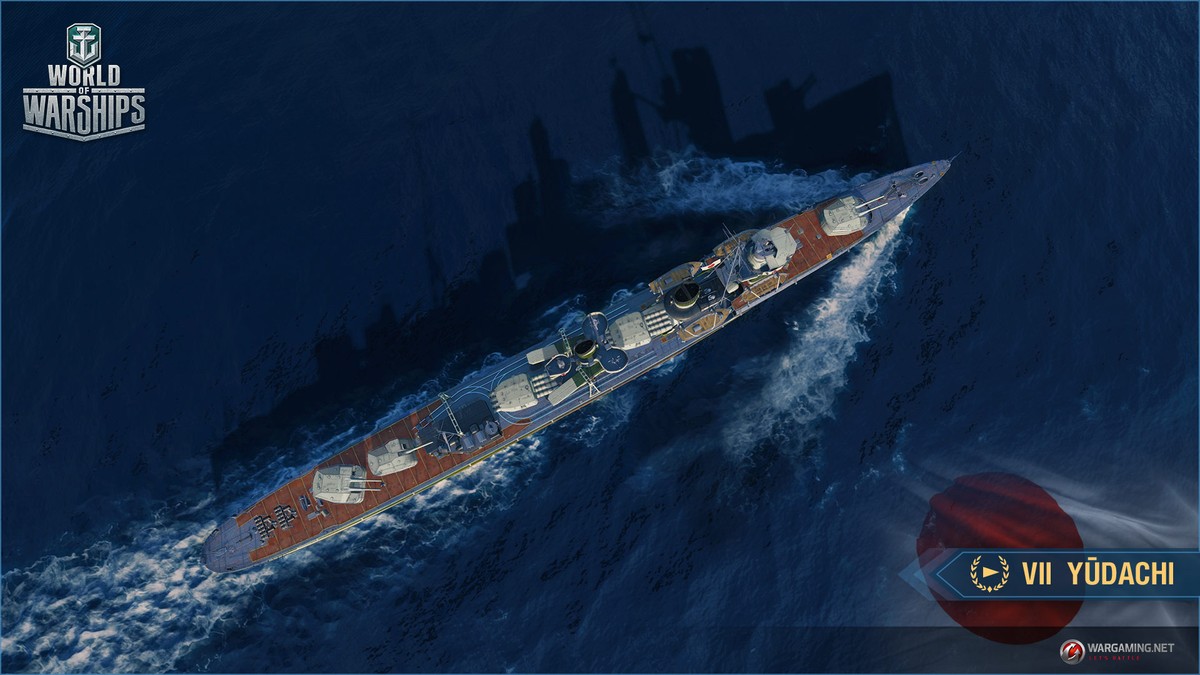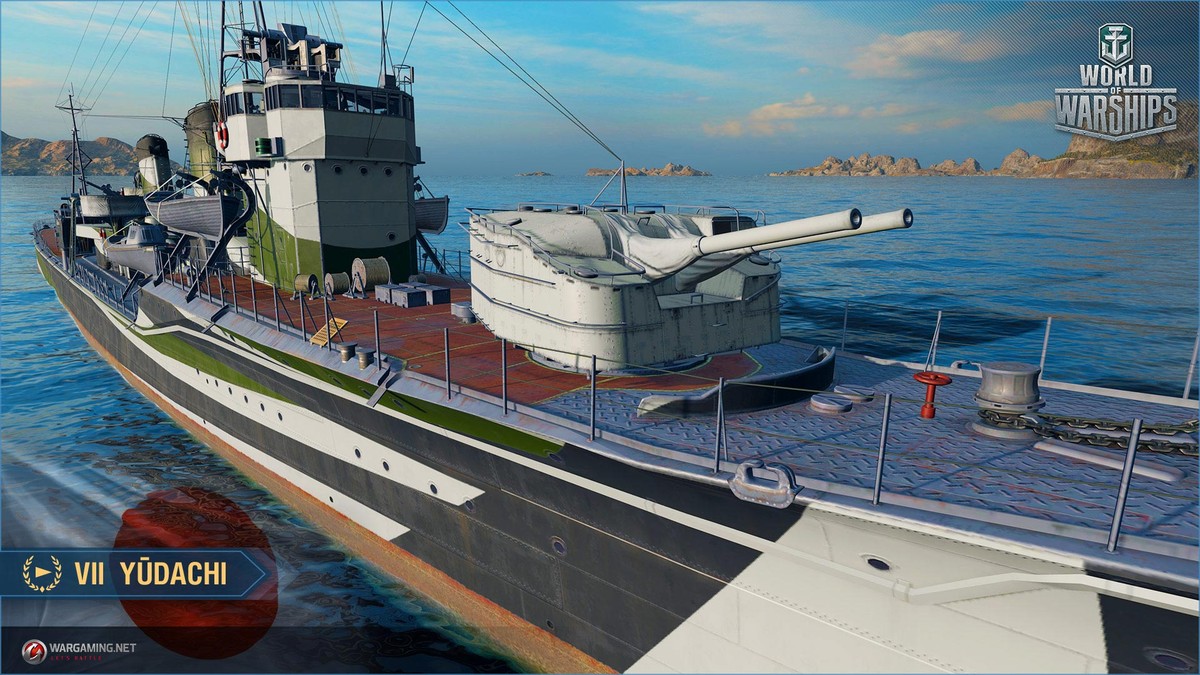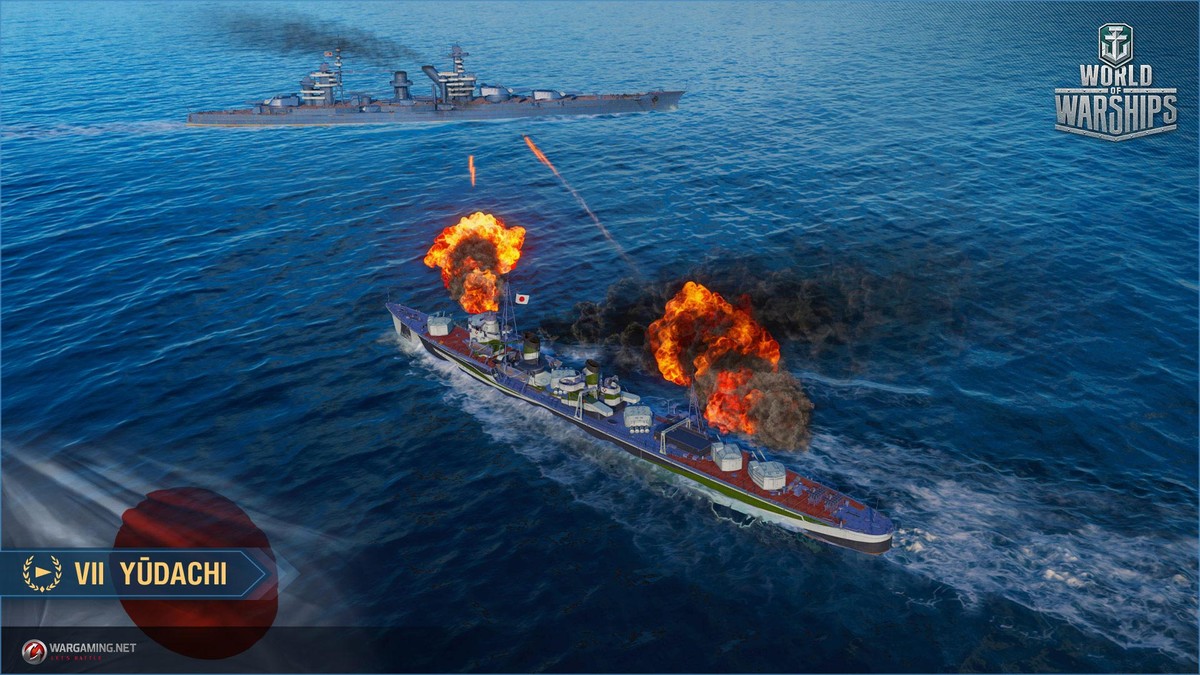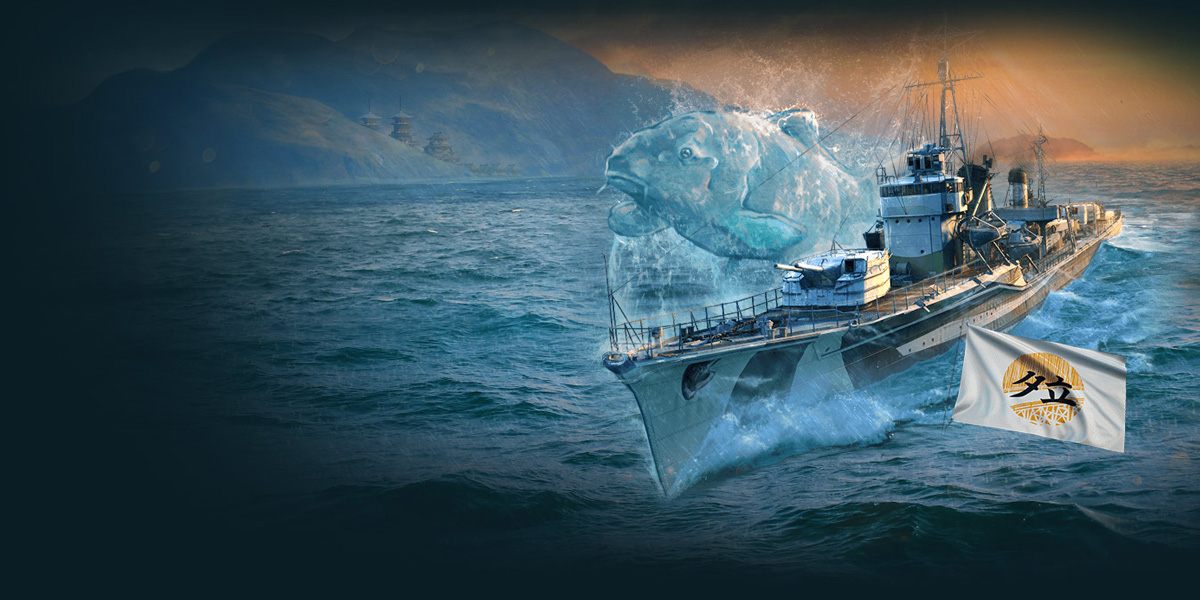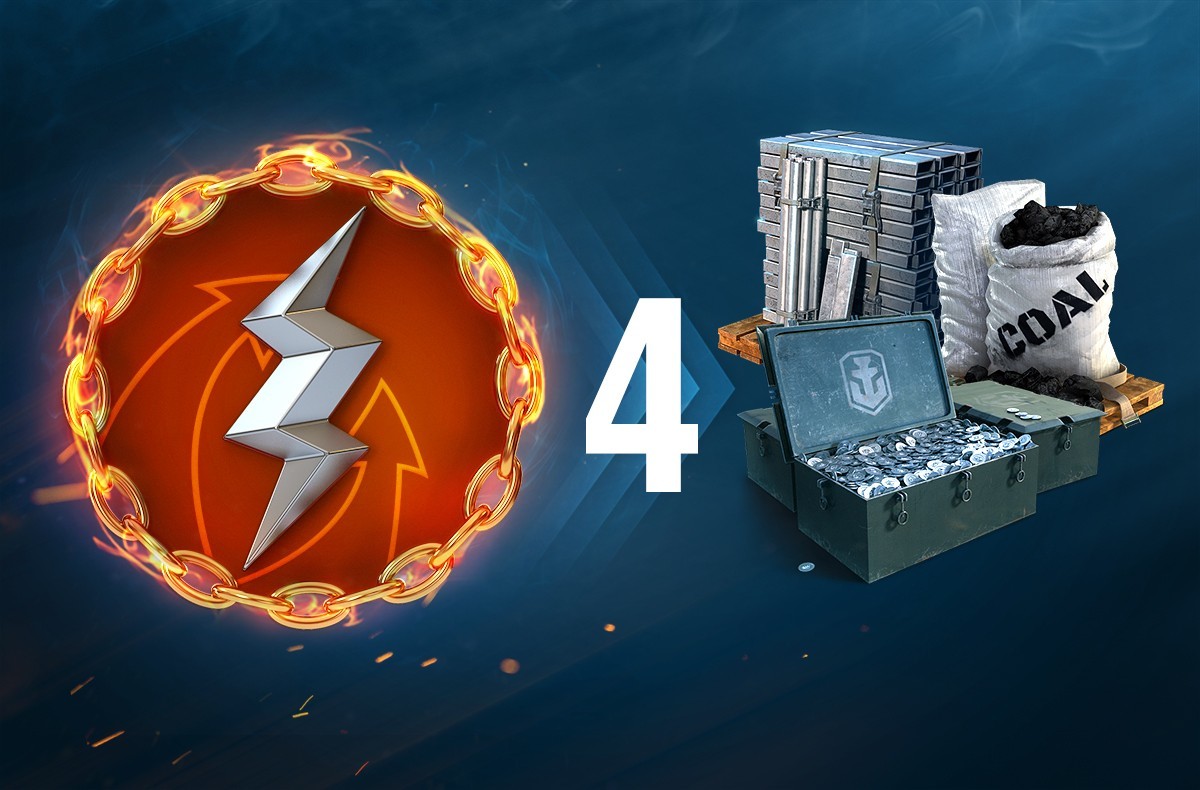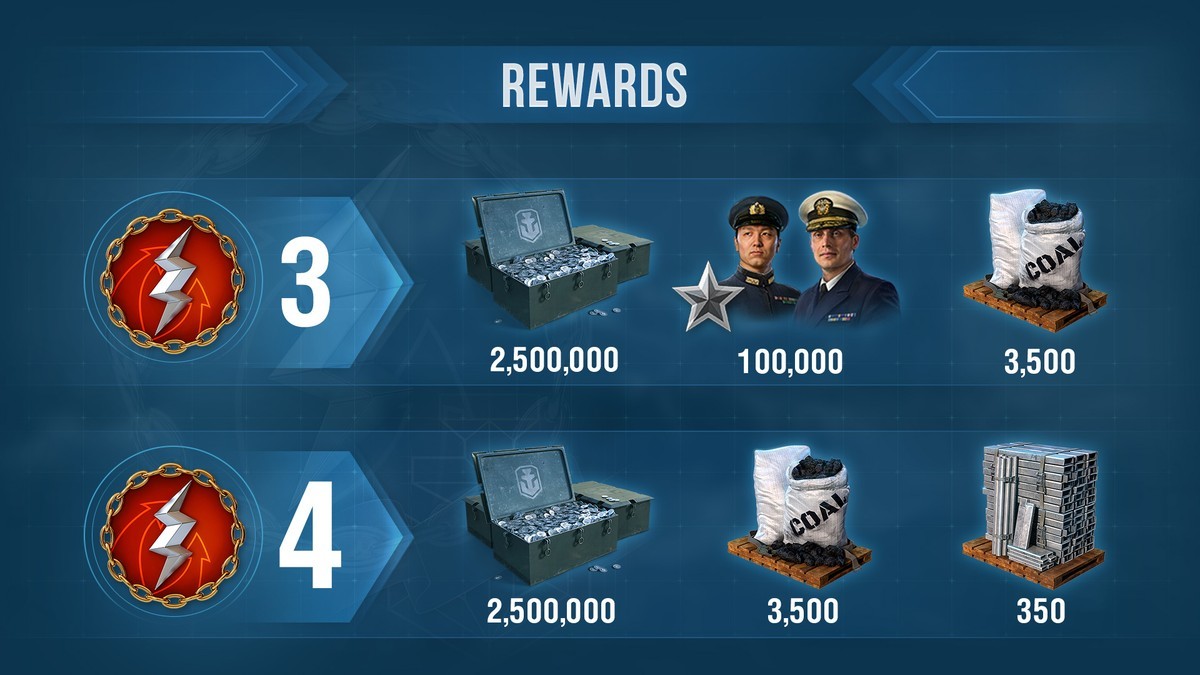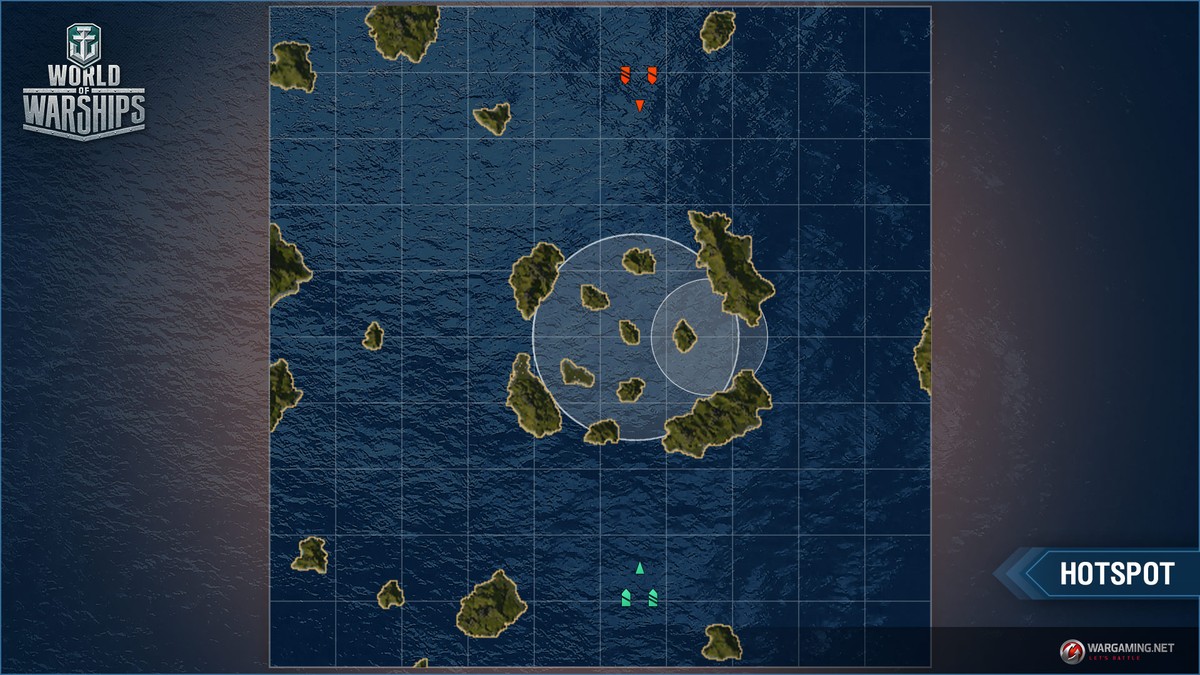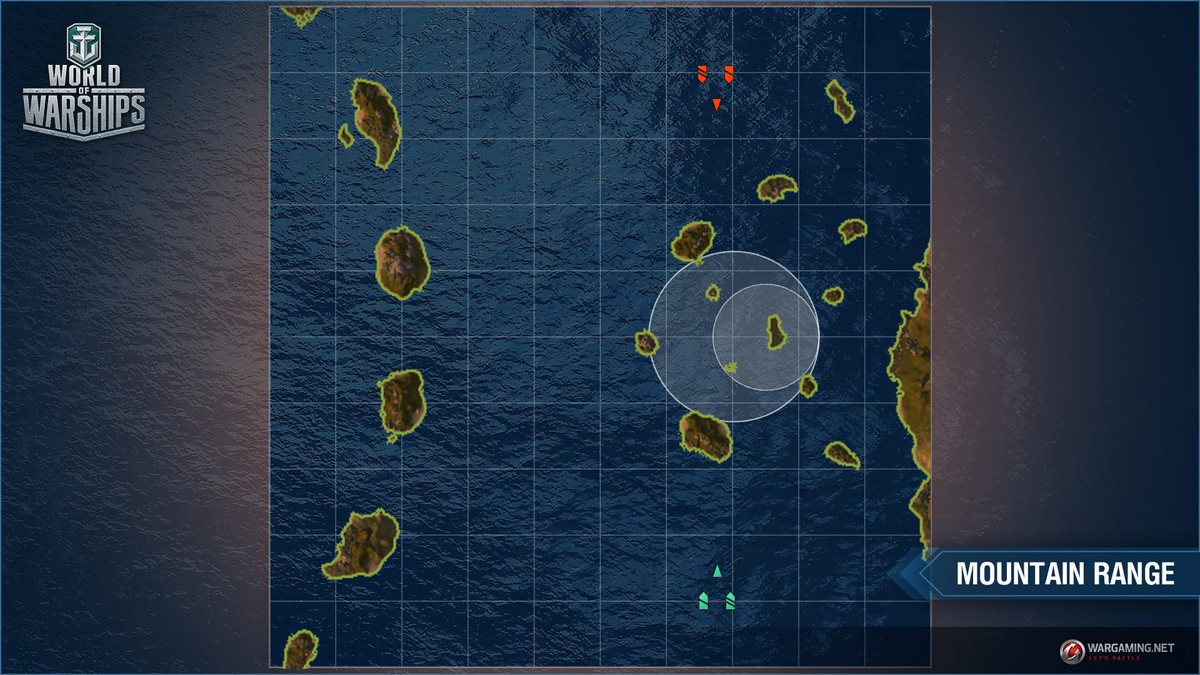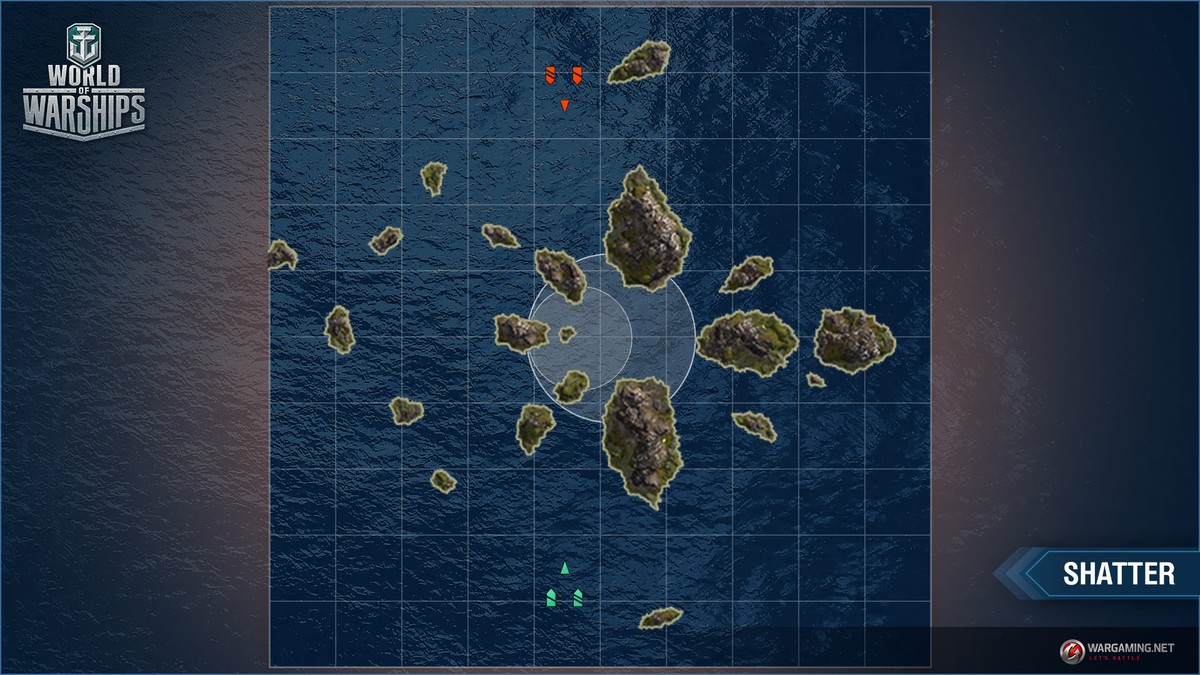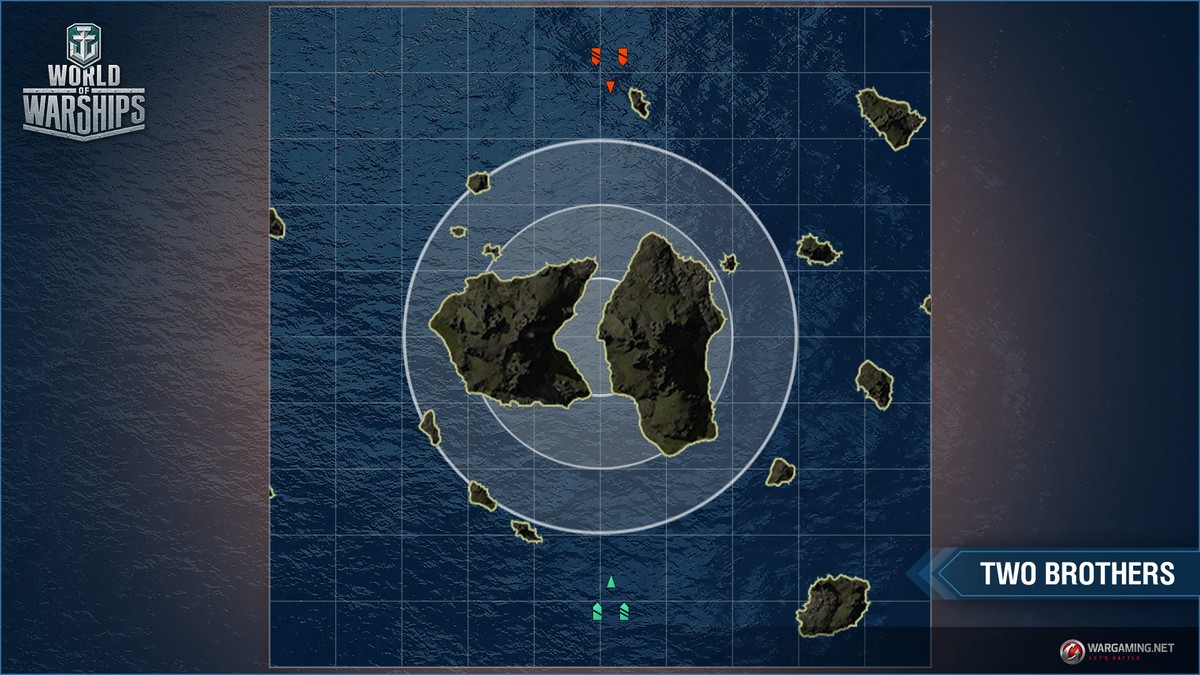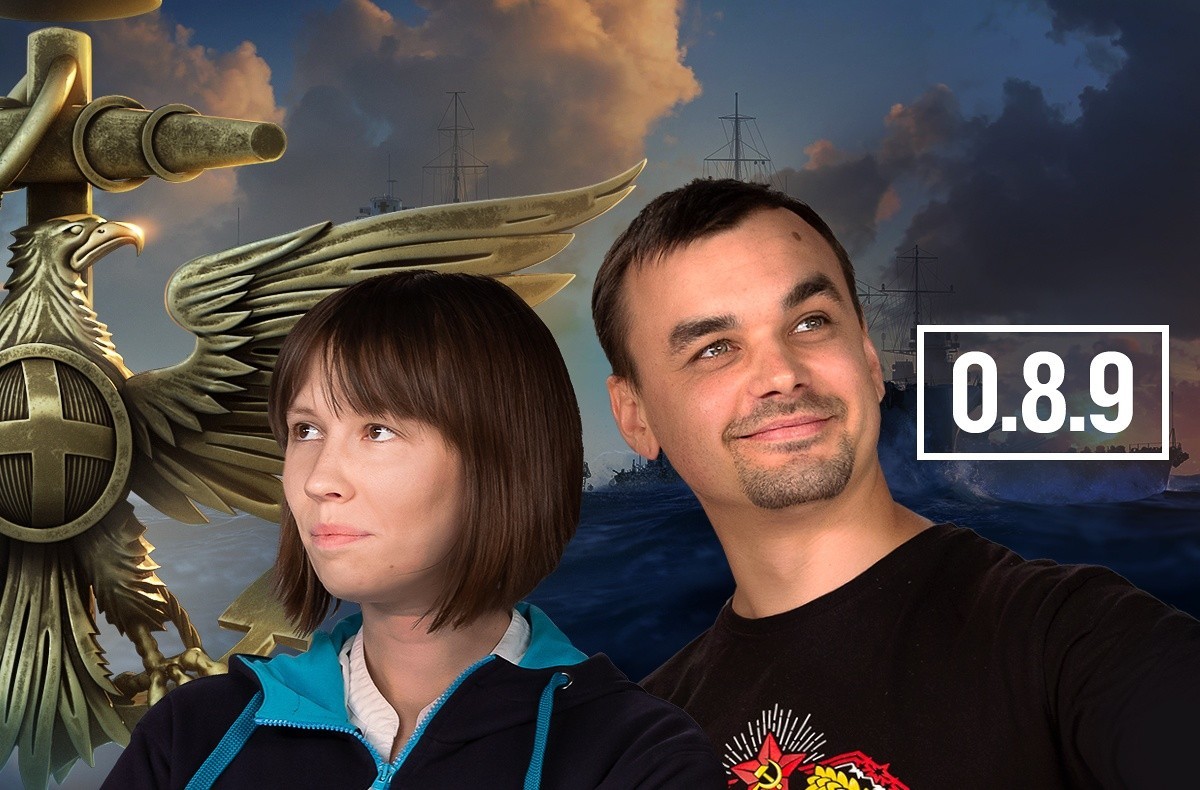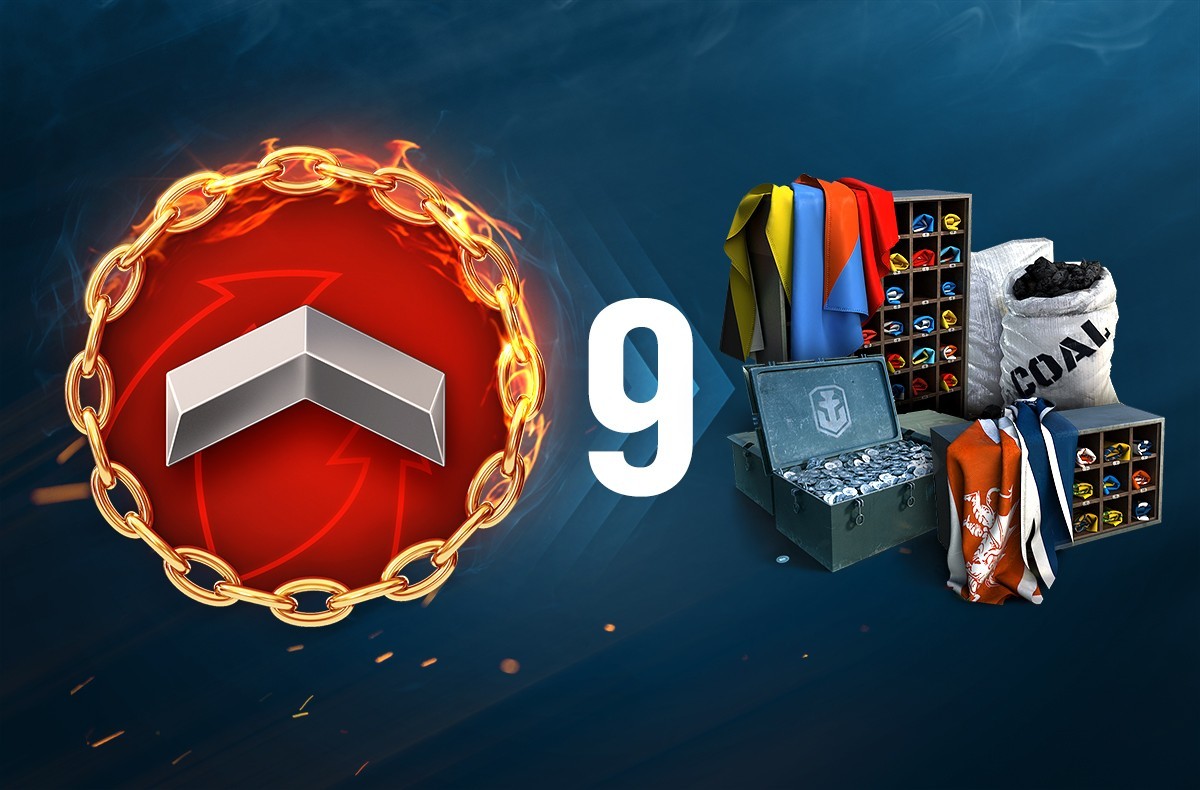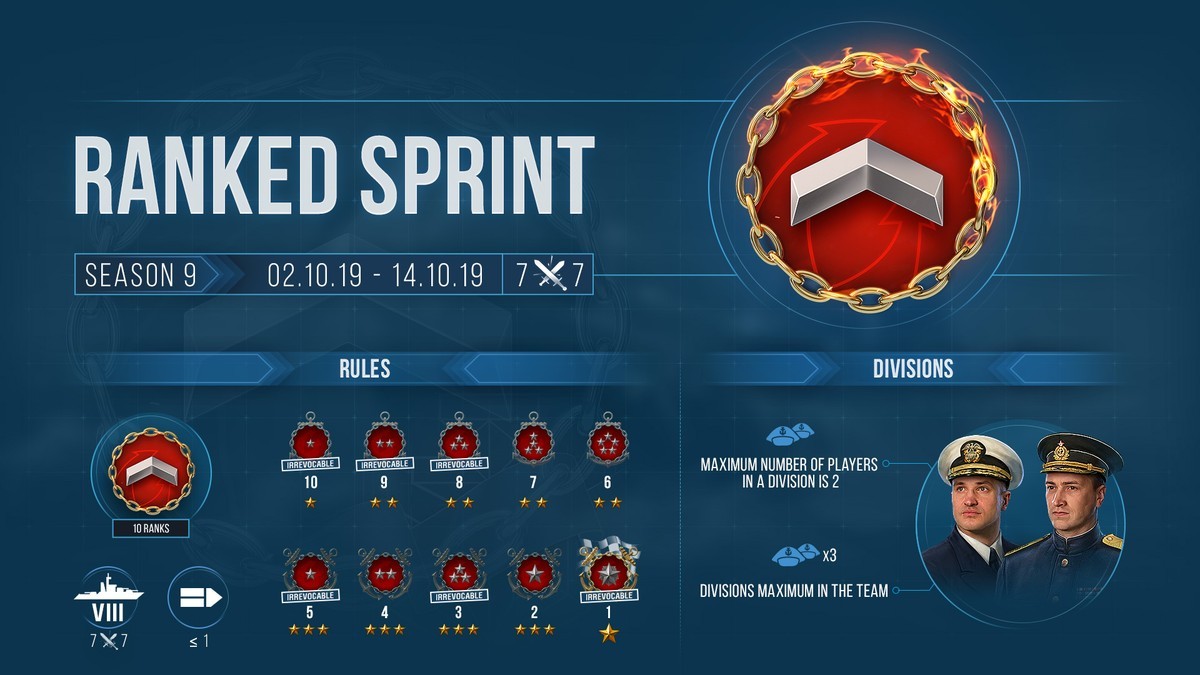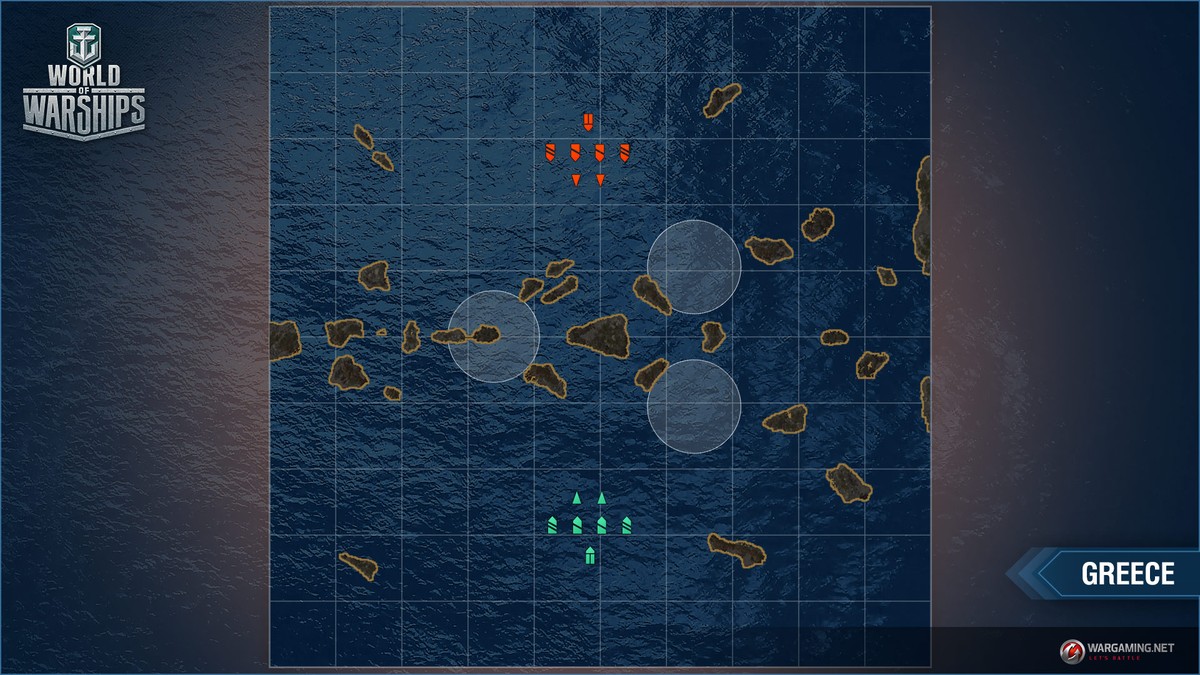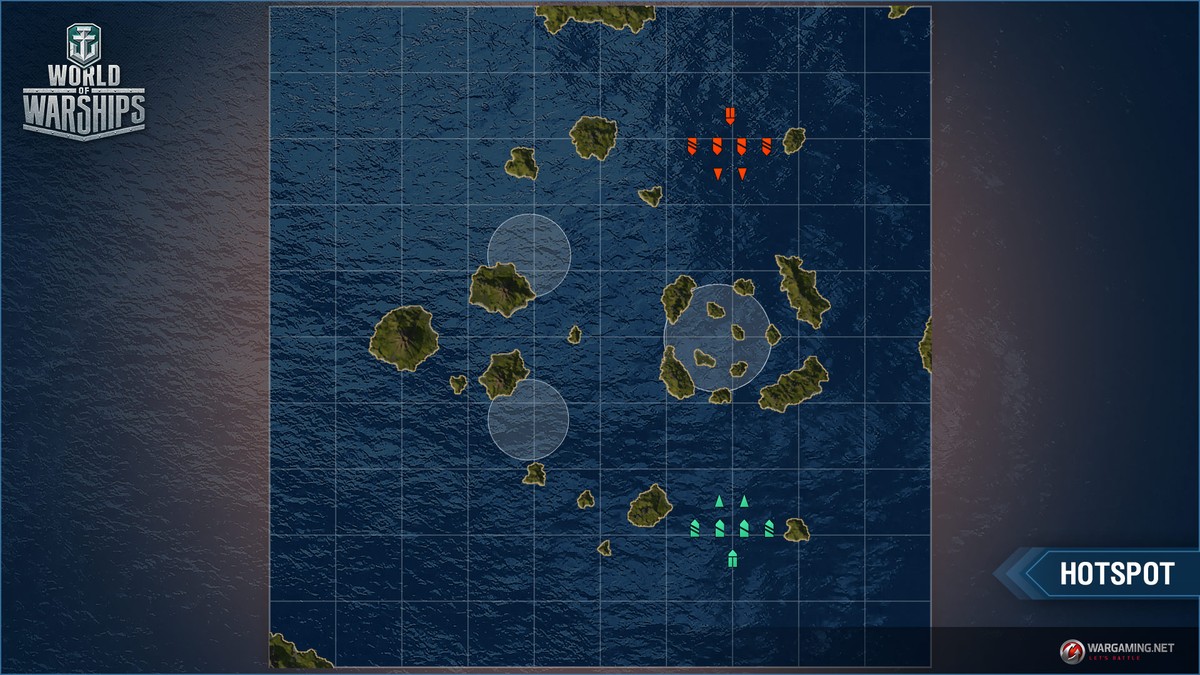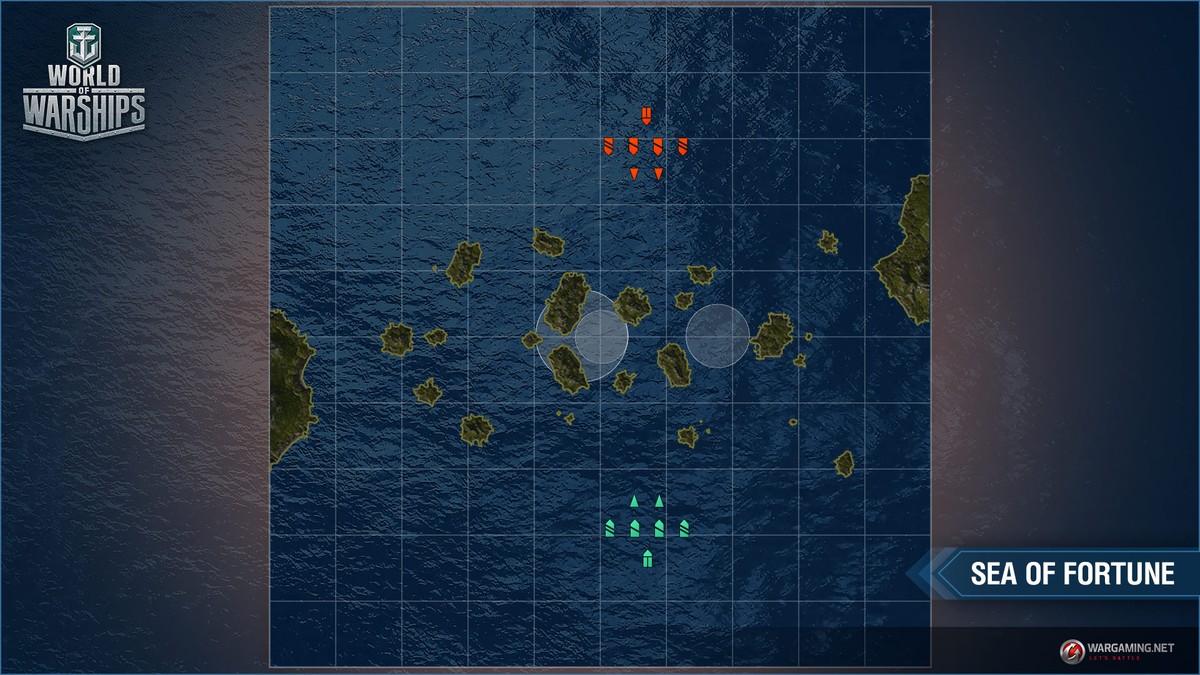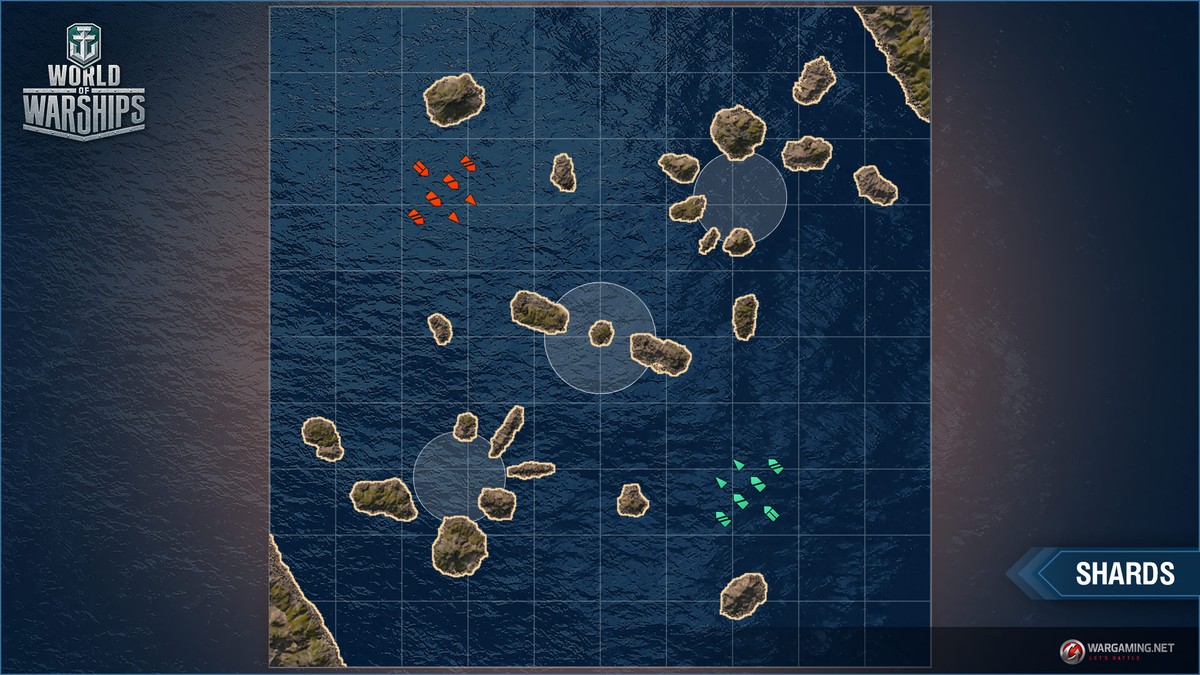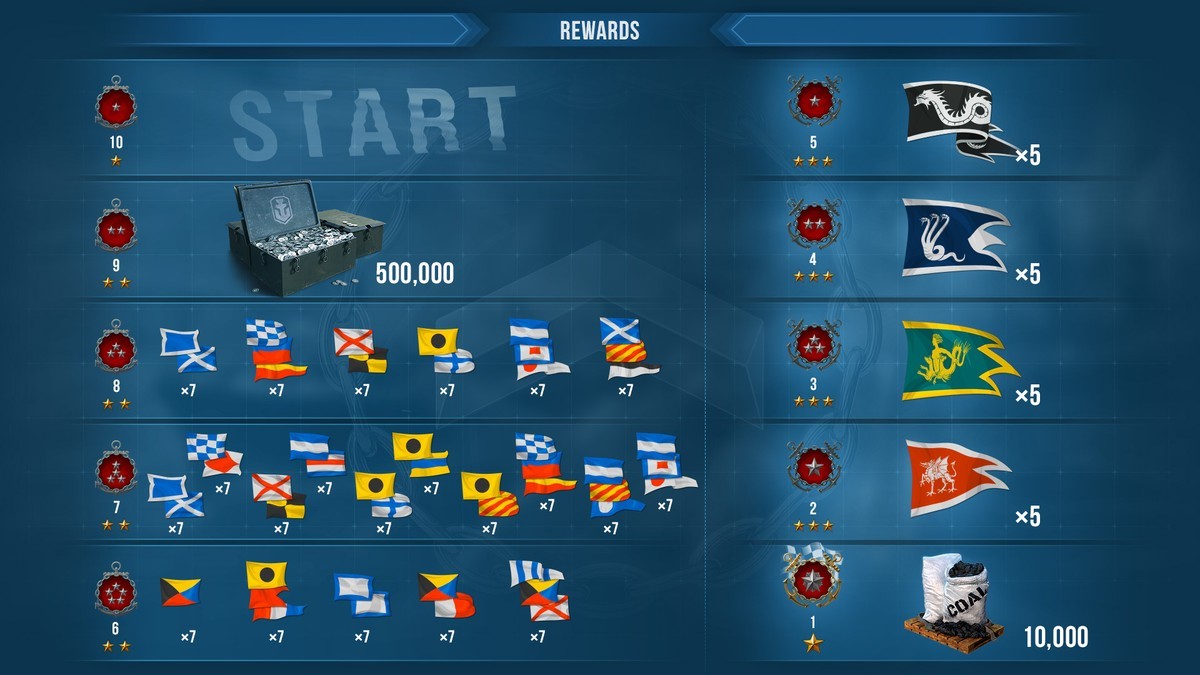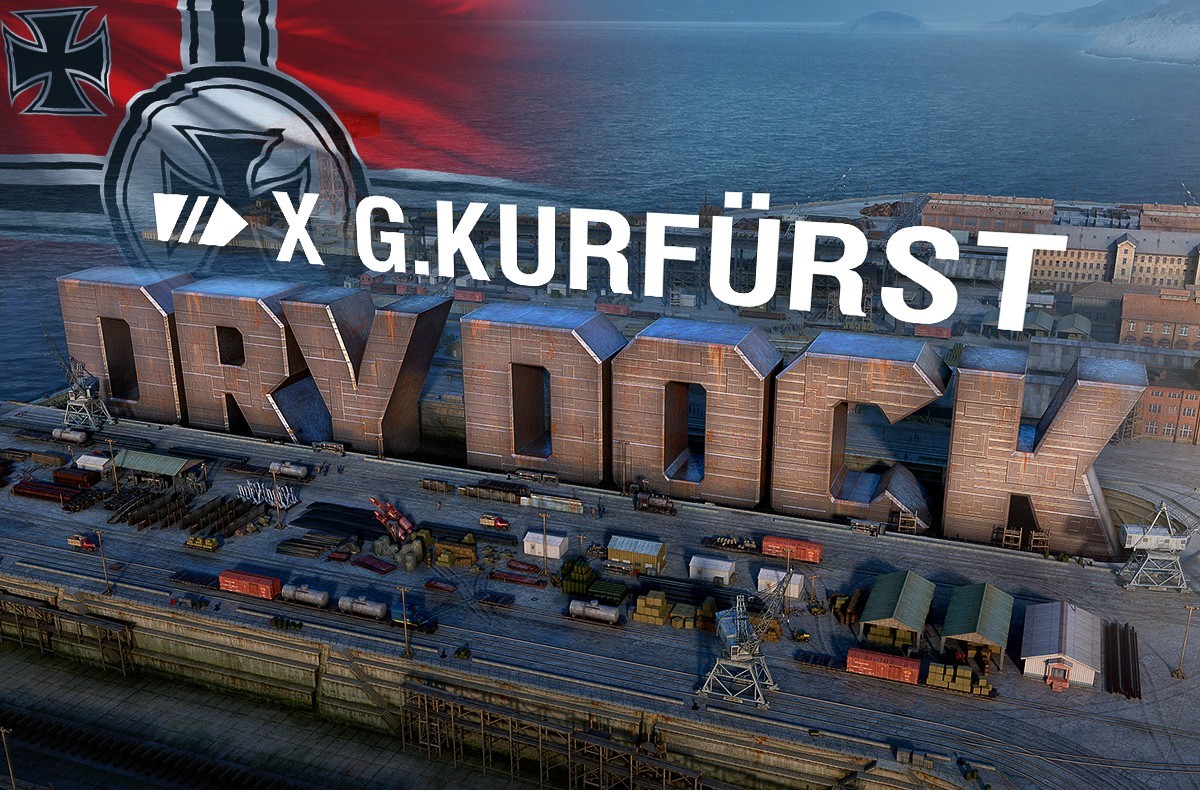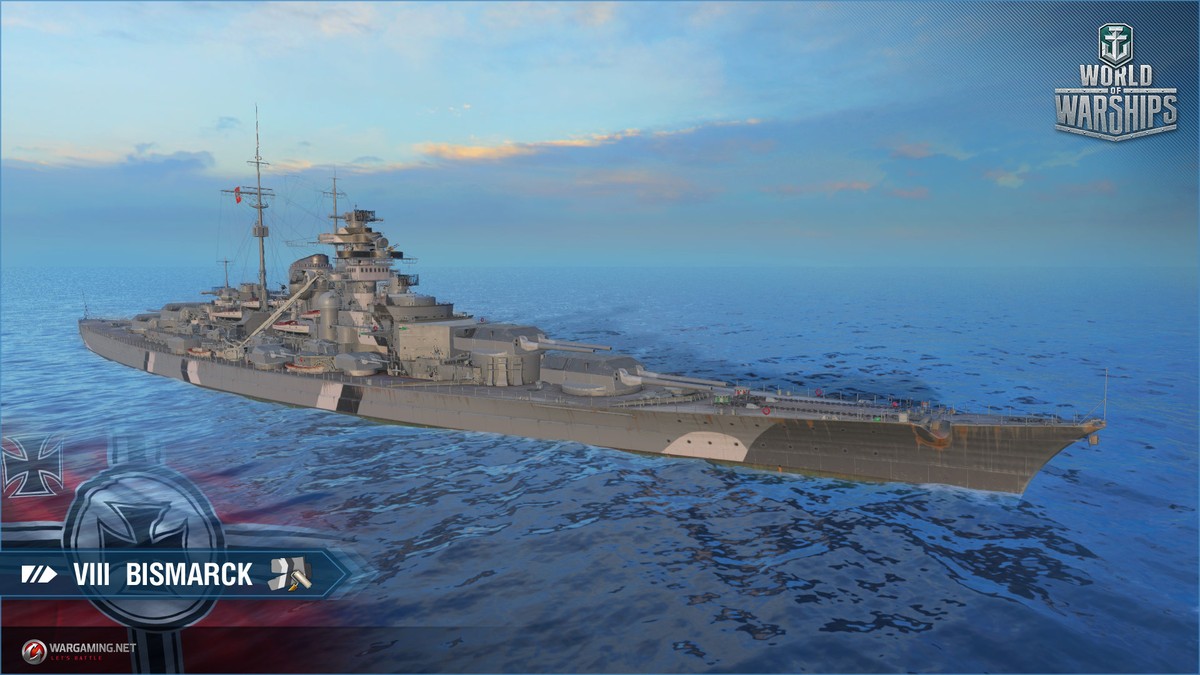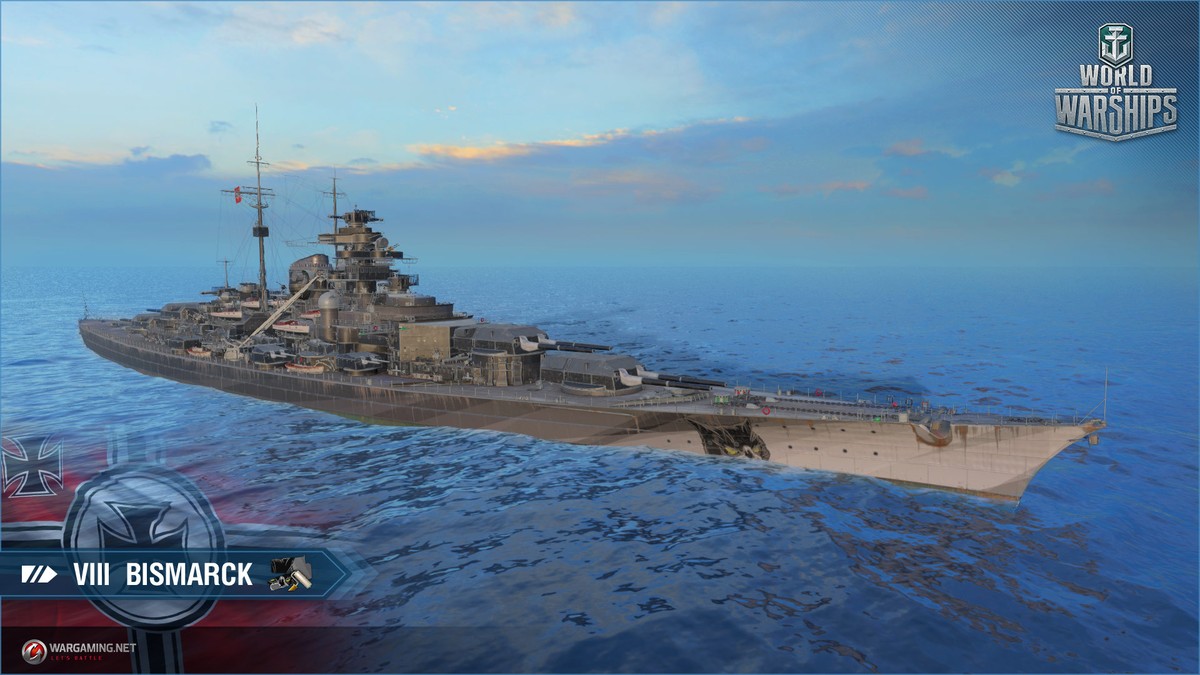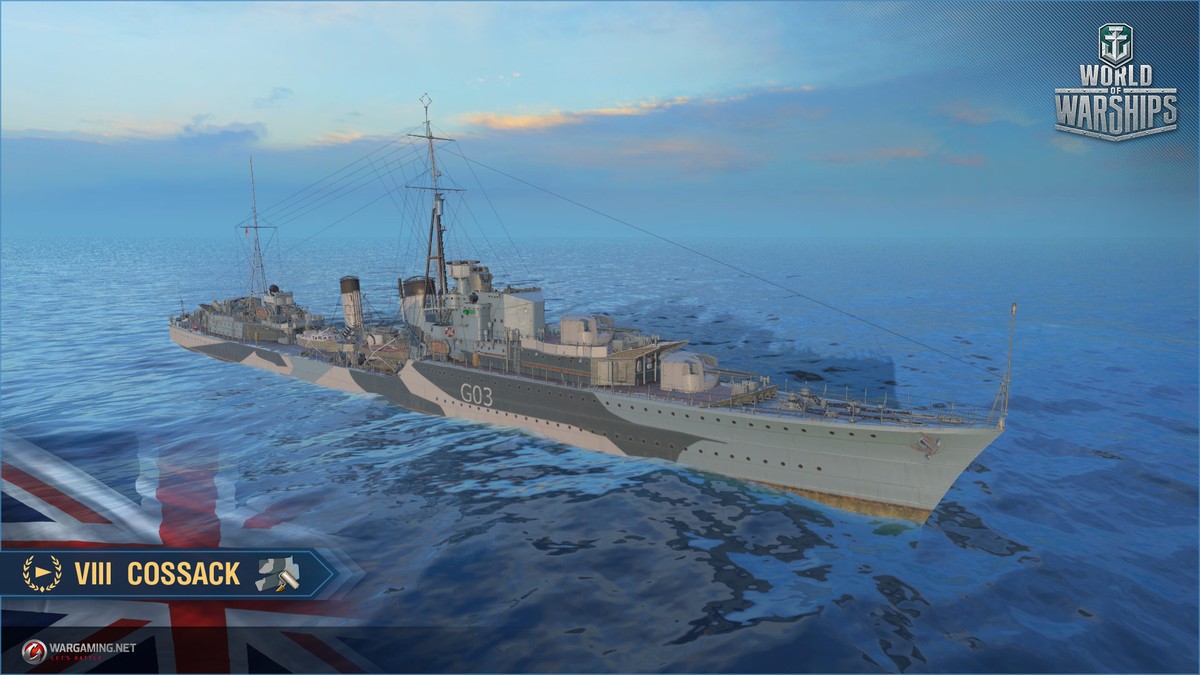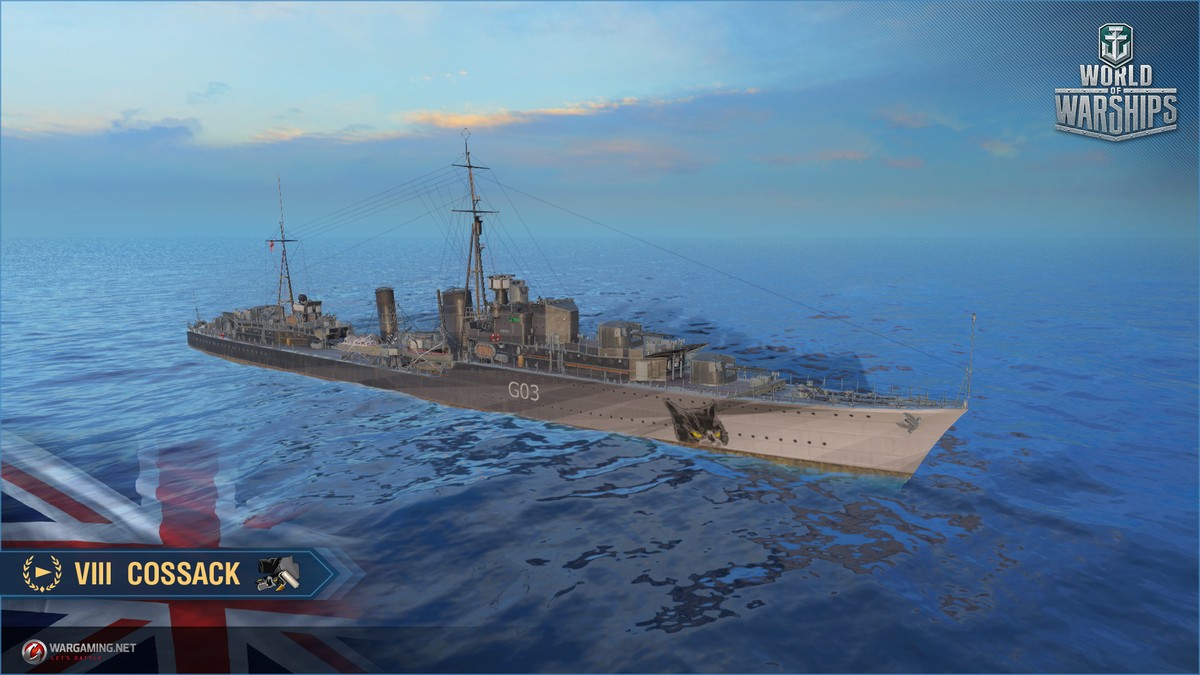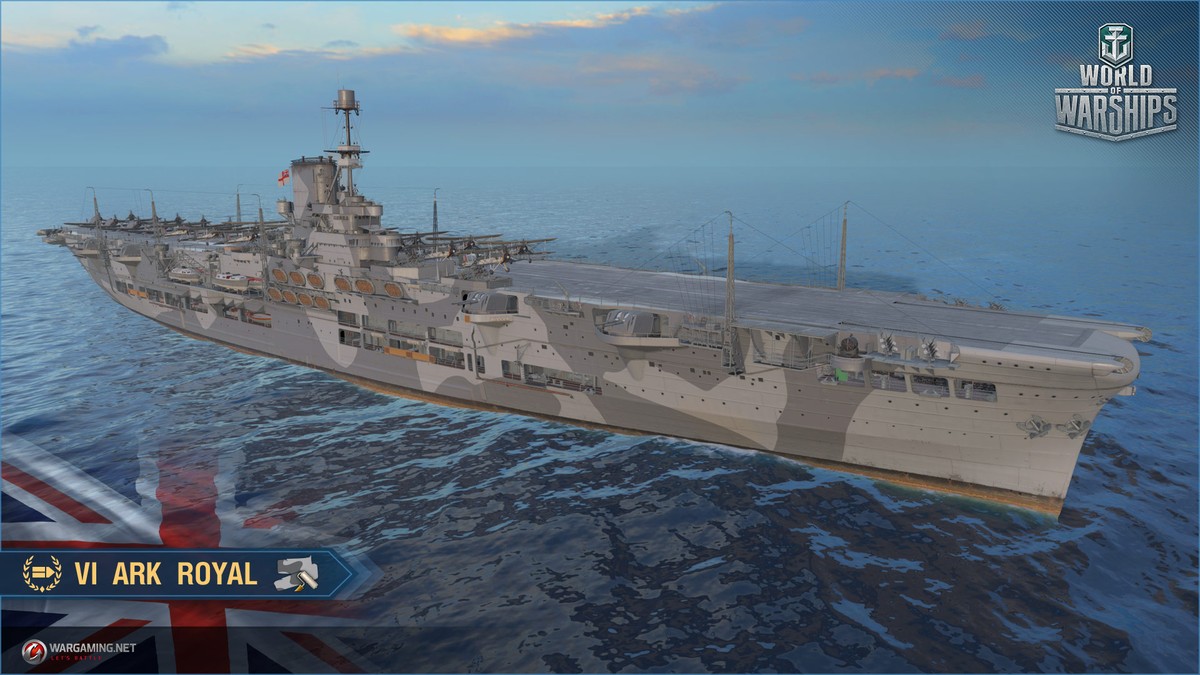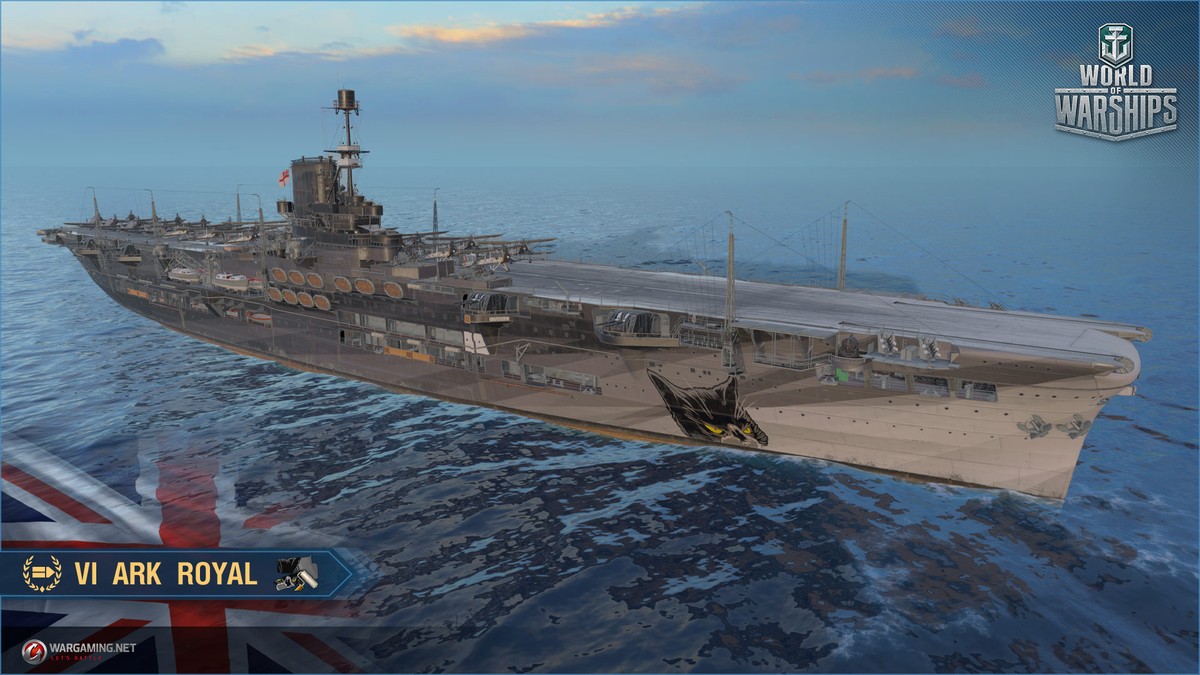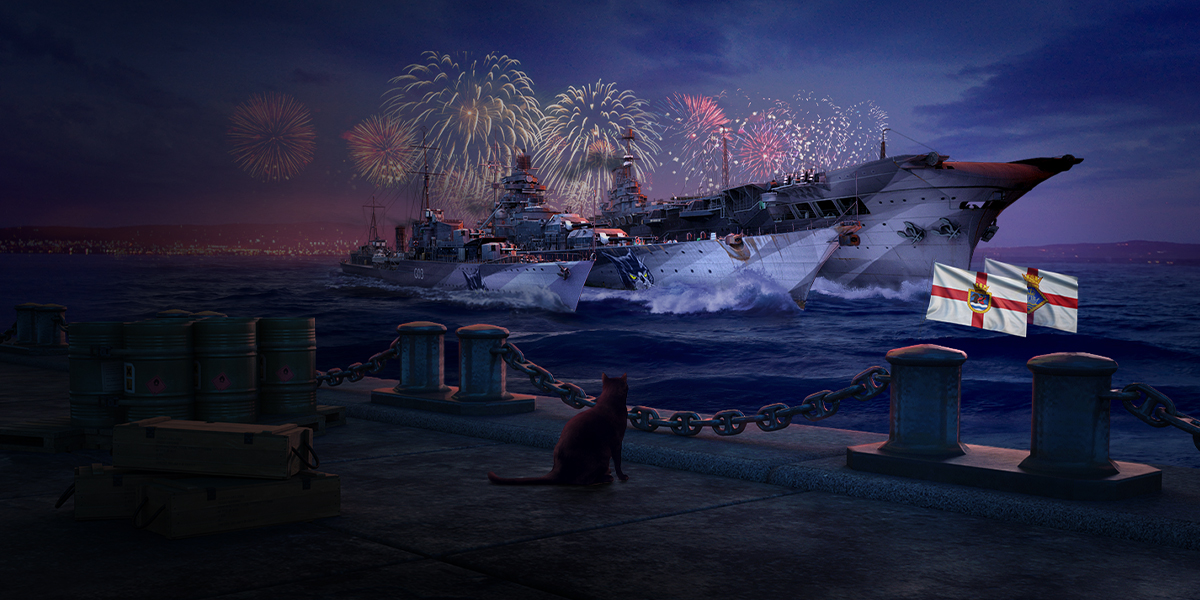
Oct 13, 2019
World of Warships - WoWs Admiral
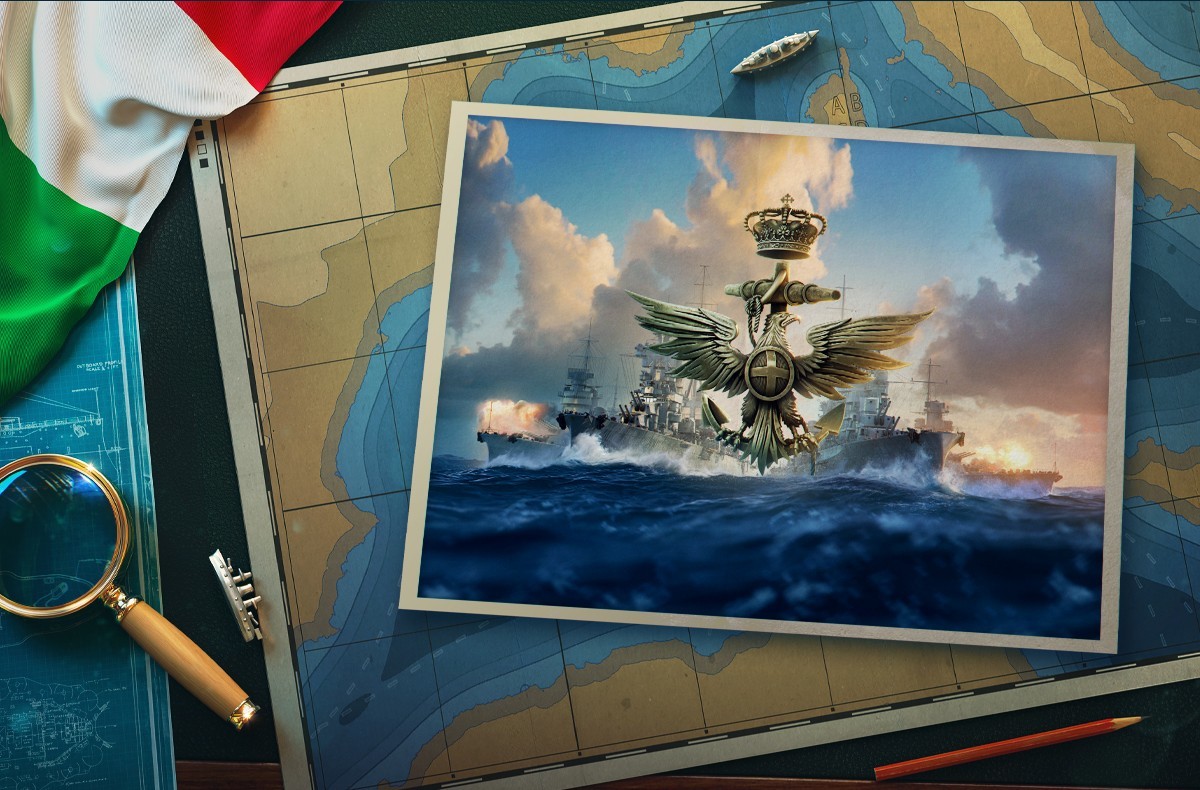
Read this article to learn the history of the original ships. We hope you'll find this information interesting, our aim is to provide you with a detailed overview of every cruiser in the new branch!
Let's take a closer look at the newcomers!
Tier I Eritrea ● Tier II Nino Bixio ● Tier III Taranto ● Tier IV Alberto di Giussano ● Tier V Raimondo Montecuccoli ● Tier VI Trento ● Tier VII Zara ● Tier VIII Amalfi ● Tier IX Brindisi ● Tier X Venezia
Tier I Eritrea
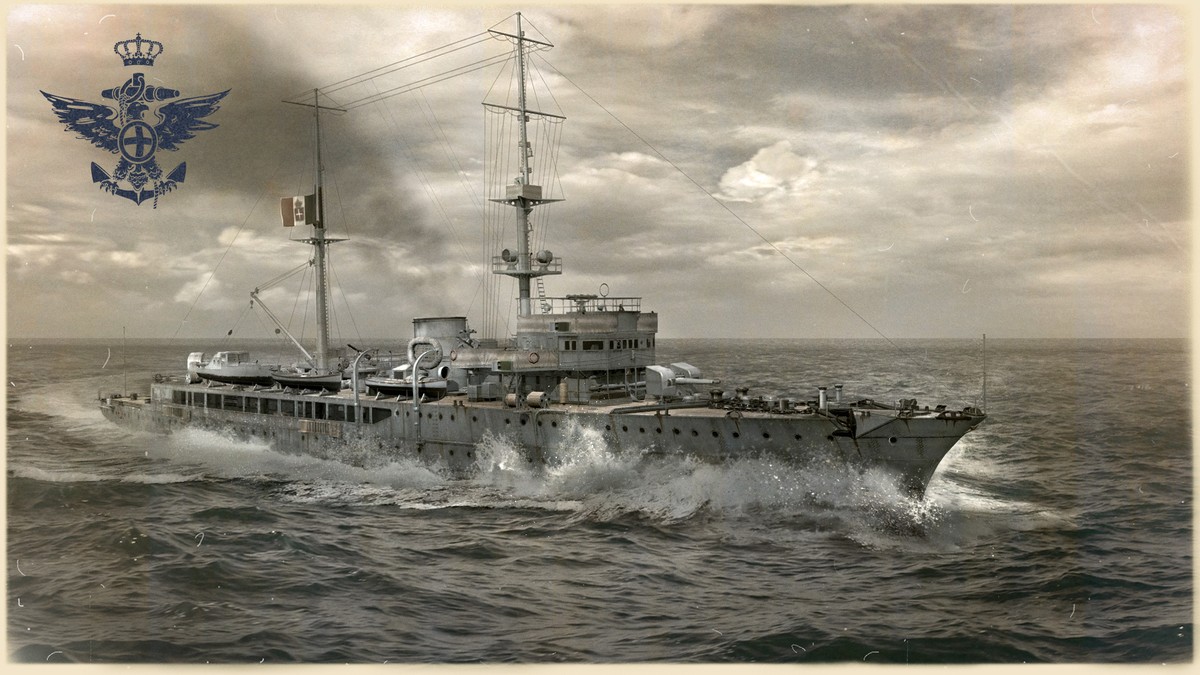
Sloop Eritrea was developed by the Ansaldo company between 1932–1934 to serve in the Italian African colonies. By her concept she was close to the French aviso Bougainville, that had been commissioned shortly prior to her. To increase her operational range, engineers installed 650-horsepower Marelli electric engines, similar to those used on Balilla-class submarines, in addition to two FIAT diesel engines. The ship's equipment also included a hospital, workshop, and generator rooms for servicing two submarines, as the sloop was able to serve as a base for them. She also carried minesweeping equipment.
Eritrea was laid down on July 15, 1935; launched on September 20, 1936; and commissioned on June 28, 1937. Right after her commissioning, the ship sailed on various missions during the Spanish Civil War. At the end of the 1930s, she served as a flagship for the Italian forces in the Red Sea. At the beginning of 1941, due to the threat of an Allied invasion of Ethiopia, Eritrea sailed to Japan, camouflaged as a ship from a neutral country. In Japan, the sloop served as a support ship for Italian submarines, transporting special cargo between France and Japan. After Italy capitulated in September 1943, the ship was transferred to Colombo, where she was used by the Allies for training purposes. In October 1944, Eritrea returned to Italy, and in 1948 she was given to France as part of the reparations. In 1950, the sloop, renamed Francis Garnier, joined the French Navy. She served in Indochina as an escort ship, before being transferred to the Pacific Ocean. In 1966, ex-Eritrea was decomissioned and sent to the reserve at Papeete; in October of the same year, she was sunk to be used as a practice target.
Between 1939–1940, the Royal Italian Navy planned to build the second ship of this class, but the outbreak of World War II interfered with these plans.
Tier II Nino Bixio
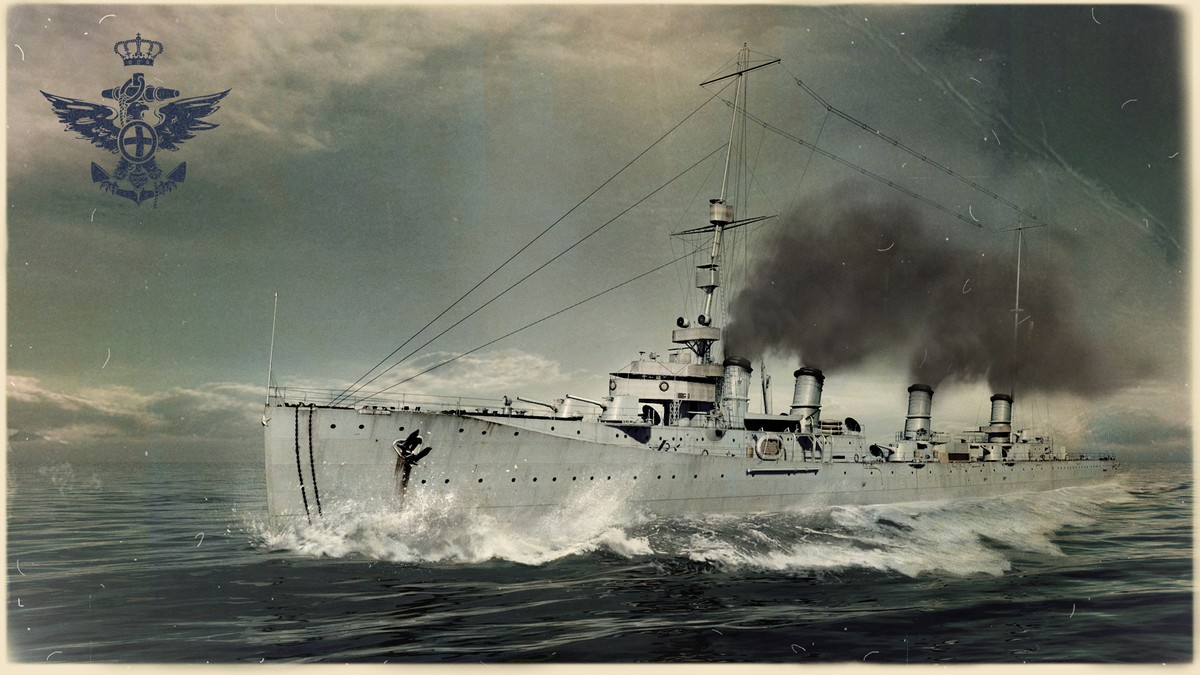
At the beginning of the 20th century, the idea of a fast reconnaissance cruiser acting together with a fleet was popular within the naval commands of many countries. The armored-deck cruiser Quarto, built between 1909–1913, became the first ship of this type (called "esploratore" in Italian) in the Royal Italian Navy. She was the first in the Royal Italian Navy to receive Parsons steam turbines. This feature allowed her to reach speeds of up to 28 knots. Two cruisers of the Nino Bixio class built between 1911–1914 became the development of that class. They were larger than their predecessor and were distinguished by a more convenient artillery layout.
Nino Bixio was laid down at the Castellammare di Stabia shipyard on February 15, 1911; launched on December 30, 1911; and commissioned on May 5, 1914. During World War I, the cruiser, together with her sister ship Marsala, served in the fleet based at Brindisi, fighting off the raids of Austro-Hungarian ships and defending the Entente's transports that were supplying the Serbian army. After the war, both ships served in the Navy until the end of the 1920s, when they were sold for scrap, because of their highly depreciated power plants and the necessity to reduce the naval budget.
Tier III Taranto
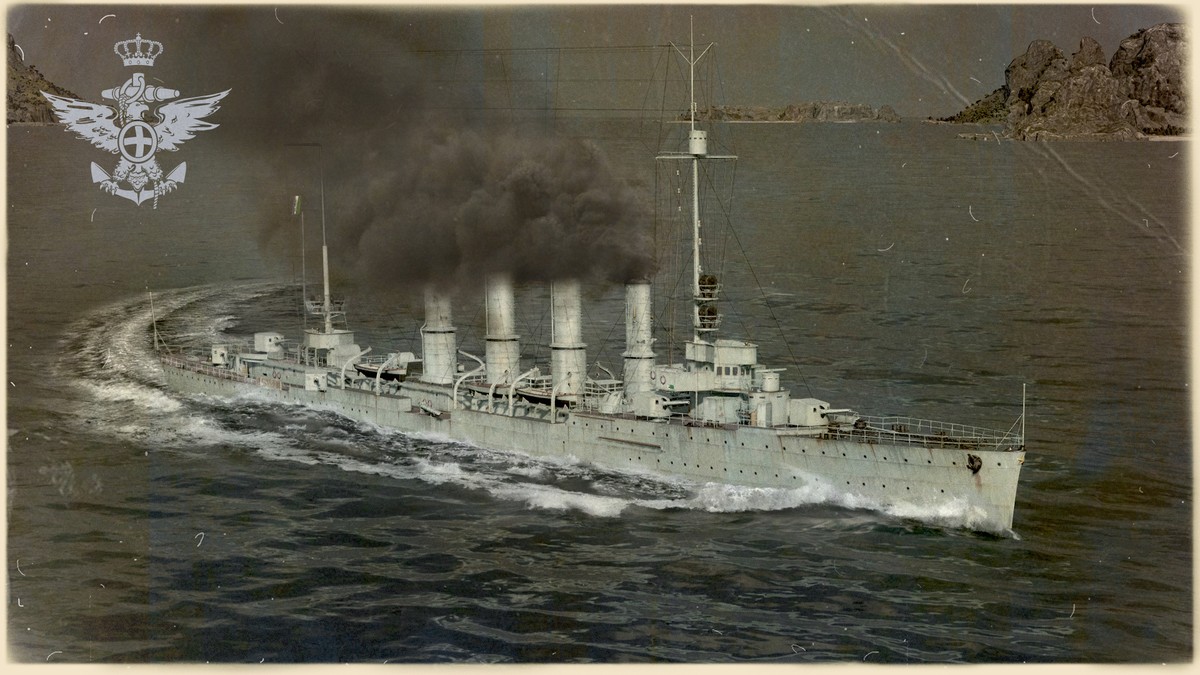
As a result of World War I, the majority of surviving ships from the defeated countries—Germany and Austria-Hungary—were divided between the victorious countries. German cruiser SMS Strassburg was turned over to the Royal Italian Navy in July 1920.
SMS Strassburg was laid down in April 1910 at the Imperial shipyards in Wilhelmshaven; launched on August 24, 1911; and commissioned on October 9, 1912. Having completed a voyage to South America, the cruiser joined the reconnaissance forces of the High Seas Fleet. During World War I, the ship took part in the Battle of Heligoland Bight, raid on Scarborough, and Battle of Moon Sound. After the war, Strassburg was turned over to Italy and renamed Taranto. During her refit at the beginning of the 1920s, the cruiser received a floating reconnaissance plane and new anti-aircraft guns. The interwar period saw Taranto serve in the Mediterranean. Between 1936–1937 she was re-equipped for colonial service: two boilers were removed, resulting in a drop of her maximum speed to 21 knots. In World War II, the cruiser saw limited use in minelaying and patrol service. In September 1943, after Italy and the Allies had signed a peace treaty, Taranto was scuttled at La Spezia to prevent her from falling into German hands. Between 1943–1944, the Germans made two attempts to salvage the ship in order to restore her, but both times the former cruiser was sunk by British bombers. After the war, the ship's hull was scrapped.
Tier IV Alberto di Giussano

After World War I, the Royal Italian Navy's cruiser forces were in quite a deplorable state. Their core was made up of three scout cruisers (esploratori) from the Quatro and Nino Bixio classes, armed with 120 mm artillery, as well as two Austro-Hungarian cruisers (with 100 mm main batteries) and three German cruisers (with 152 mm main batteries) received as reparations. These spoils were heavily worn-out from their service in the war, and were in a deplorable technical state. That's why, when France—the main potential adversary of Italy in the Meditarrenean—laid down three modern light cruisers of the Duguay-Trouin class between 1922–1923, and began the construction of 12 contre-torpillieur of the Jaguar class, the Italians had to come up with an adequate response. As a result, the construction of four large modern esploratore commenced in 1928 (later, they were re-classified as light cruisers). All the ships were named after Italian condottieres from the Middle Ages, which is why the series itself was named Condottieri. The ships were commissioned between 1931–1932. They were almost unarmored—their outstanding speed of 37 knots was intended to be their best defense. Their powerful armament, including four twin mounts with 152 mm guns, would have allowed them to easily oppose French cruisers and destroyers. All four cruisers were lost in World War II.
Alberto di Giussano was the first to be laid down on March 29, 1928, at the Ansaldo shipyards in Genoa. She was launched on April 27, 1930, and commissioned on February 5, 1931. Before World War II, she served in the Mediterranean and participated in the Spanish Civil War supporting the Francoists. At the beginning of the war, she took part in the Battle of Punta Stilo, then she was engaged in minelaying and convoy escorting. Between December 11–13, 1941, the cruiser and her sister ship Alberico da Barbiano were transporting a cargo of gasoline to North Africa. On the night of December 13, the Italian ships were intercepted by British destroyers. A short but fierce battle broke out in which both Italian cruisers were sunk by artillery and torpedo fire.
Tier V Raimondo Montecuccoli
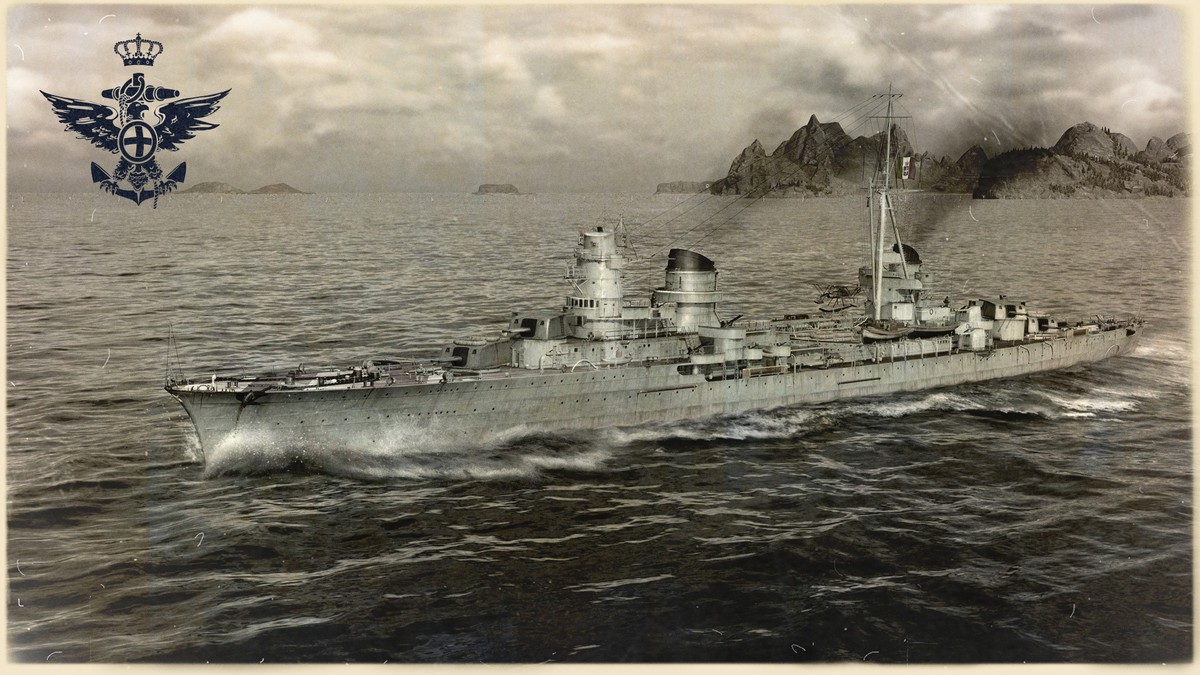
Having built four Giussano-class cruisers, the Royal Italian Navy ordered two more ships with a slightly improved design that guaranteed better seaworthiness (Condottieri B or Cadorna-class). However, their armor remained absolutely inadequate, and any potential battles against the latest French heavy cruisers would have brought deplorable results. That's why the program of 1930–1931 provided for the construction of two light cruisers with considerably reinforced armor, while preserving the maximum speed. This led to an increase in the displacement and dimensions of the new ships. The weight of their armor grew more than twofold—from 575 to 1,350 tons. Two cruisers of the new Condottieri C class were laid down in 1931–1933 at shipyards in Genoa and Trieste, and were commissioned in 1935.
Raimondo Montecuccoli was laid down at the Ansaldo shipyards in Genoa on October 1, 1931; launched on August 2, 1934; and commissioned on June 30, 1935. In the interwar period, the ship took part in the Spanish Civil War as a station ship and escorted the Italian expeditionary corps. Between 1937–1938, the cruiser participated in a voyage to the Far East and the Pacific Ocean. At the beginning of World War II, Montecuccoli was engaged in the Battle of Punta Stilo, performing minelaying and escort duties. On June 15, 1942, the ship took part in the Battle of Pantelleria island. The cruiser mostly spent the end of 1942 and the entirety of 1943 at Italian naval bases, due to fuel shortages and Allied air supremacy. After Italy capitulated in September 1943, Montecuccoli, together with the entire fleet, sailed to Malta under constant assault by German aviation on their journey. Throughout the remainder of the war, the cruiser served as a fast transport. After the war, the ship remained in the Royal Italian Navy and between 1950–1964, she was used for training. On May 31, 1964, Raimondo Montecuccoli was decommissioned, and was eventually sold for scrap in 1972.
Tier VI Trento
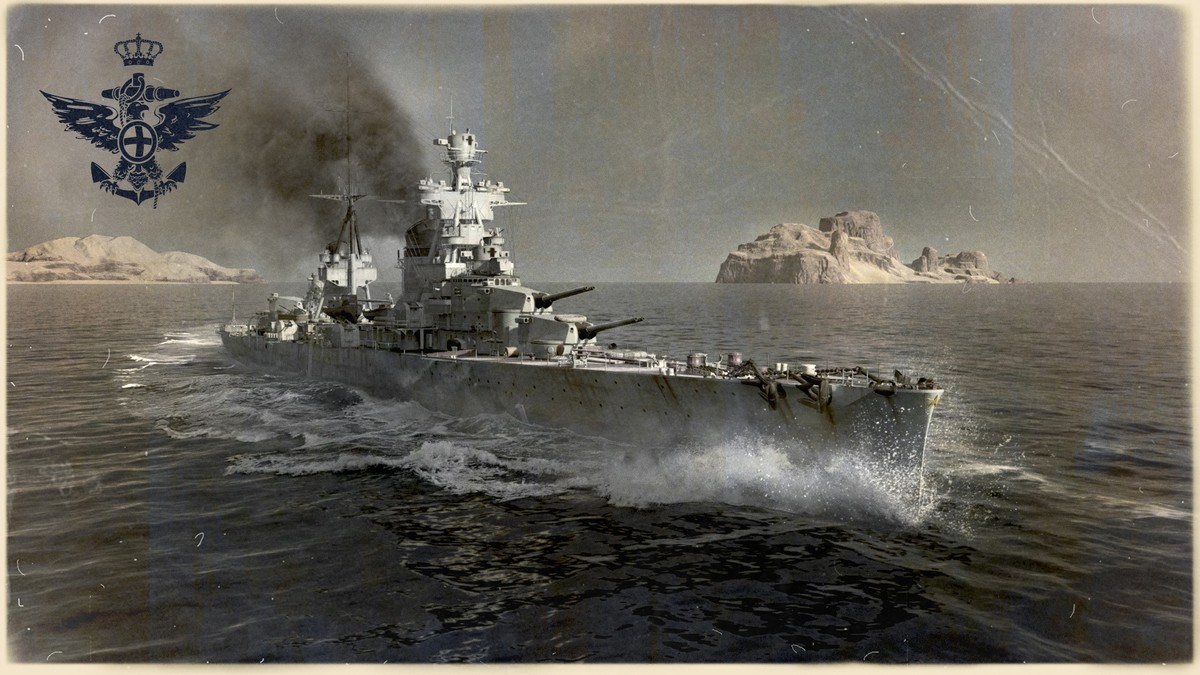
After World War I, the Italian cruiser forces, apart from scouts and obsolete armored-deck ships, consisted of four armored cruisers of the Garibaldi and Pisa classes, built at the beginning of the 20th century. These ships weren't adequate for the task at hand, because they were too slow. That's why, after the Washington Naval Treaty defined the limits for cruisers (total displacement of 10,000 tons and primary armament caliber not higher than 203 mm), Italian engineers started designing their own "Washington" cruiser. The ship was to be capable of high speeds. Armor wasn’t the priority, but nevertheless, a 70 mm-thick armored belt was implemented into the design. In 1924, the project was ready, and in 1925, two ships of the new class were laid down—Trento and Trieste. The cruisers were commissioned during the winter of 1928–1929. Both of them were lost during the course of World War II.
Trento was laid down on February 8, 1925, at the Orlando shipyard in Livorno. The cruiser was launched on October 4, 1927, and commissioned on April 3, 1929. She immediately became the flagship of the newly-formed Cruiser Division. In 1932, Trento sailed on a cruise to the Far East. At the beginning of World War II, the ship participated in the Battle of Punta Stilo as the flagship of the 3rd Division of the 2nd Squadron. On November 12, 1940, during the air raid on Taranto, the cruiser was hit by a British air bomb, which luckily didn't explode. On November 27, 1940, Trento participated in the Battle of Cape Teulada; and on March 28, 1941—in the Battle of Cape Matapan. On November 8 of that year, the cruiser was engaged in the failed defense of the Duisburg convoy. On March 22, 1942, the ship participated in the Battle of Sirt. In all these battles, Trento didn't inflict any damage to enemy ships, nor did she suffer any damage herself. On June 15, 1942, while escorting a convoy to North Africa, the cruiser was hit by a torpedo from a British aircraft and then finished off by the British submarine, P-35.
Tier VII Zara
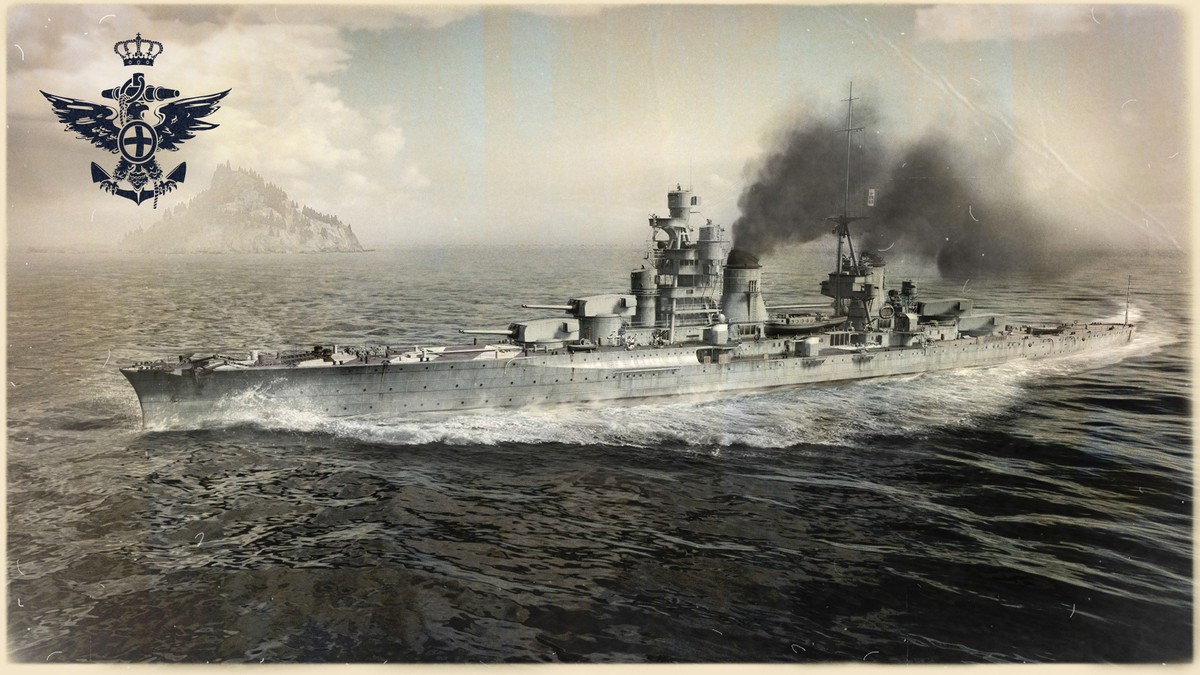
In parallel with Italy, France was building its own "Washington" cruisers with 203 mm guns. The Royal Italian Navy required a more balanced ship to oppose them, whose protection wouldn't be sacrificed in favor of speed. The shipbuilding program of 1928–1929 provided for construction of four cruisers of the new Zara class. The new ships received a raised forecastle as opposed to the flush-deck design of Trento, which reduced their seaworthiness, but allowed for weight economy and the addition of several hundred tons of armor. Also, a new lightweight powerplant was installed, similar to that used on light cruisers of the Condottieri A and B classes. It allowed for an increase in armor belt thickness to 150 mm. The ships were laid down in early 1929–1931 and entered service between 1931–1932. All of them were lost in World War II.
Zara was laid down on July 4, 1929, at the Odero-Terni-Orlando shipyard in Muggiano, near La Spezia; launched on April 27, 1930; and commissioned October 20, 1931. In September 1932, the cruiser became the flagship of the 1st Squadron and served in this role for six years. In April 1939, Zara led the support operation for the Italian landings at the Albanian city of Durrës. On July 9, 1940, after Italy had entered World War II, the ship participated in the Battle of Punta Stilo as the 1st Division's flagship. At the end of that engagement, the cruiser was bombed by their own Air Force, but fortunately didn’t take any damage. On March 28, during the Battle of Cape Matapan, Zara and her sister ship Fiume were searching for cruiser Pola, which had been hit by a torpedo and lost propulsion. In the darkness, they stumbled on the main British forces and were fired upon at point blank range by battleships Warspite, Valiant, and Barham. The cruiser was finished off by the British destroyer HMS Jervis during the night of March 29.
Tier VIII Amalfi
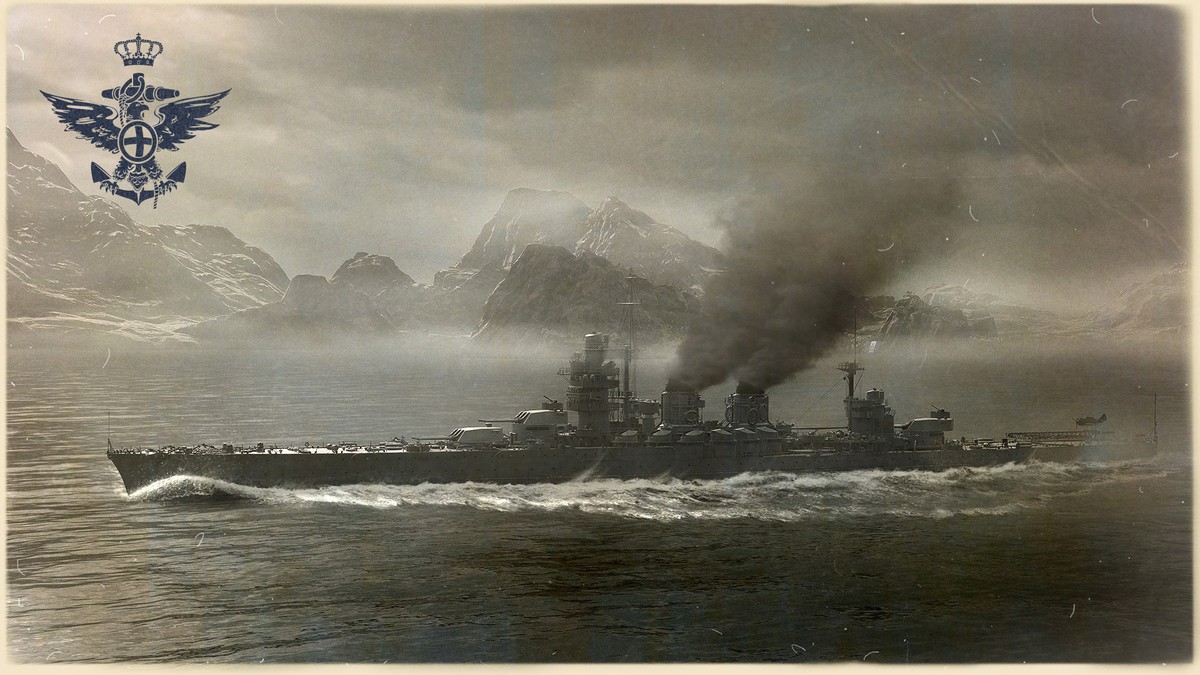
Once the civil war was over, Spain was looking for ways to reinforce its navy. Good relations with Italy allowed the Spanish to work directly with the suppliers of the Italian Royal Navy—the Ansaldo company. One of the heavy cruiser variants they proposed in March 1940 (Crucero acorazado, anteproyecto preliminar IX-203) was basically a larger version of the Zara class, but with three 203 mm triple turrets.
Tier IX Brindisi
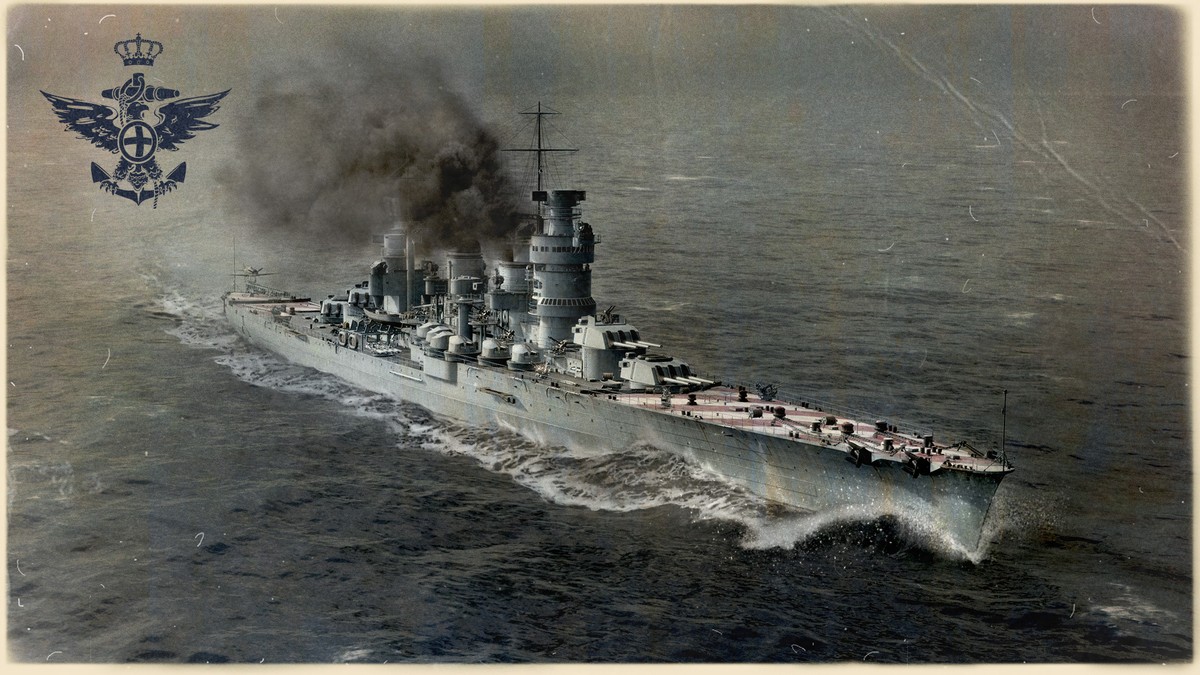
A hypothetical further development of the heavy cruiser project for the Spanish Navy, combining the features of Anteproyecto preliminar VIII-203 (four 203 mm mounts) and Anteproyecto preliminar XII-152 (four triple artillery mounts).
Tier X Venezia
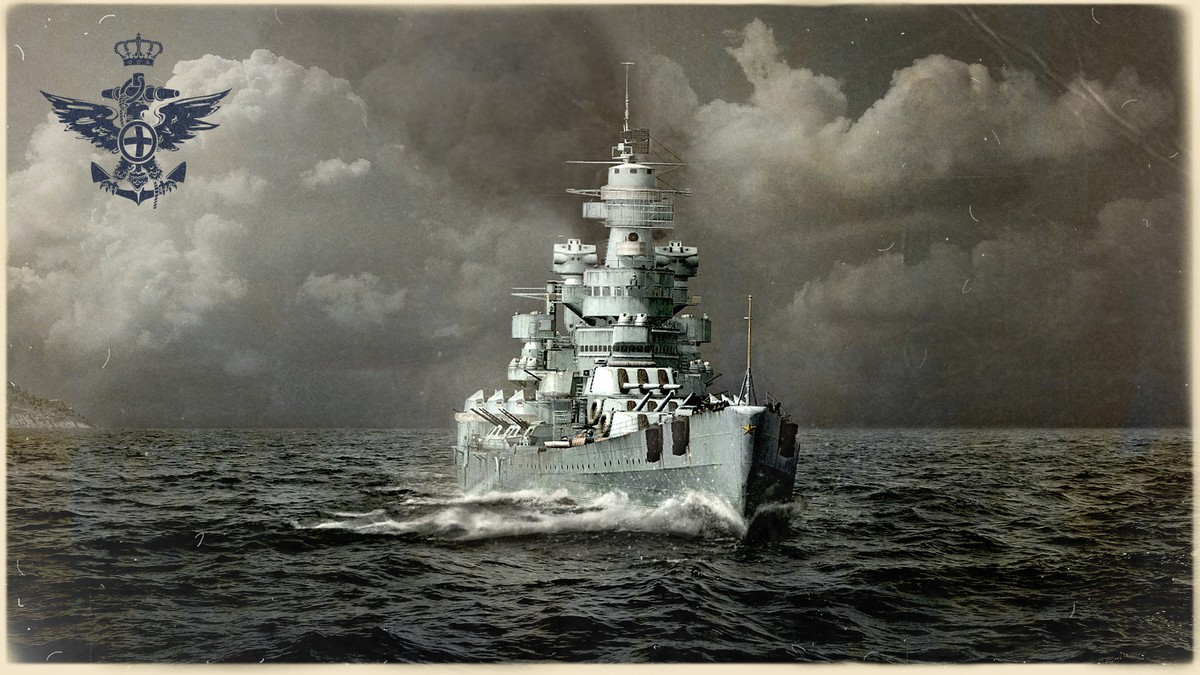
A hypothetical development of the Italian heavy cruisers which pushed towards a further increase in the number of 203 mm main battery guns.




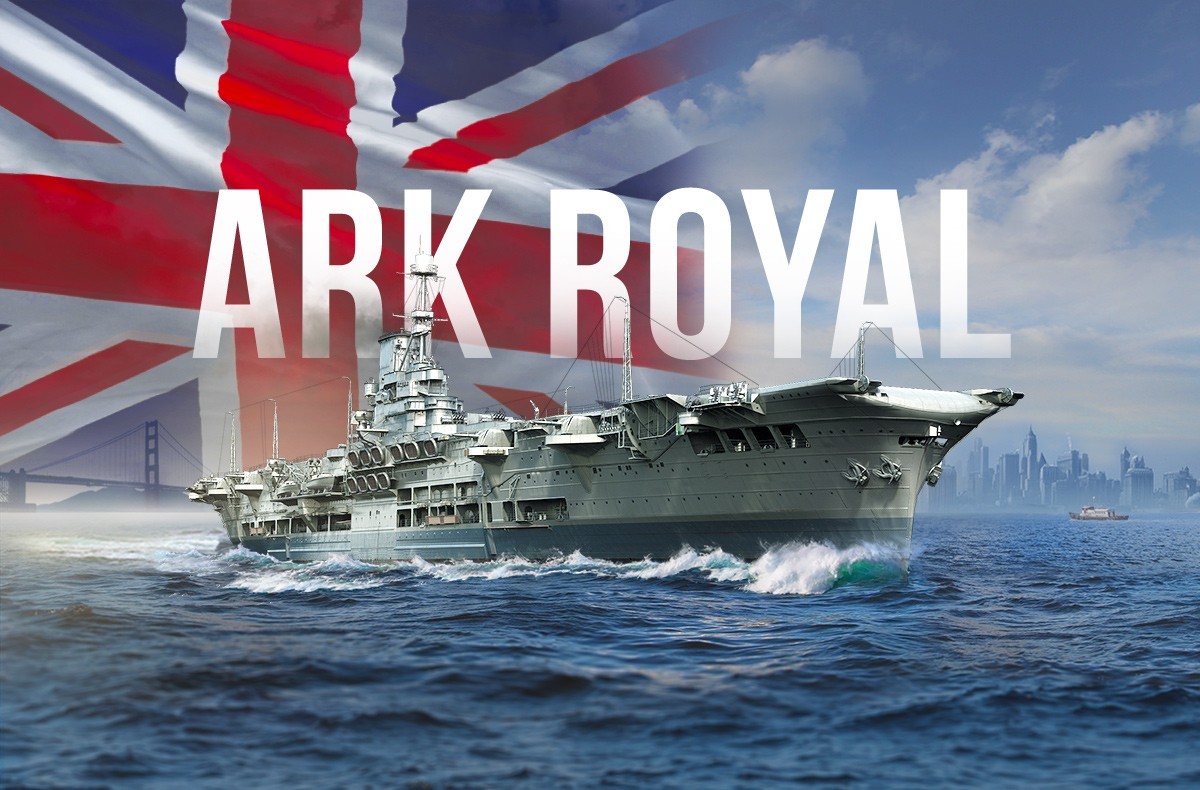

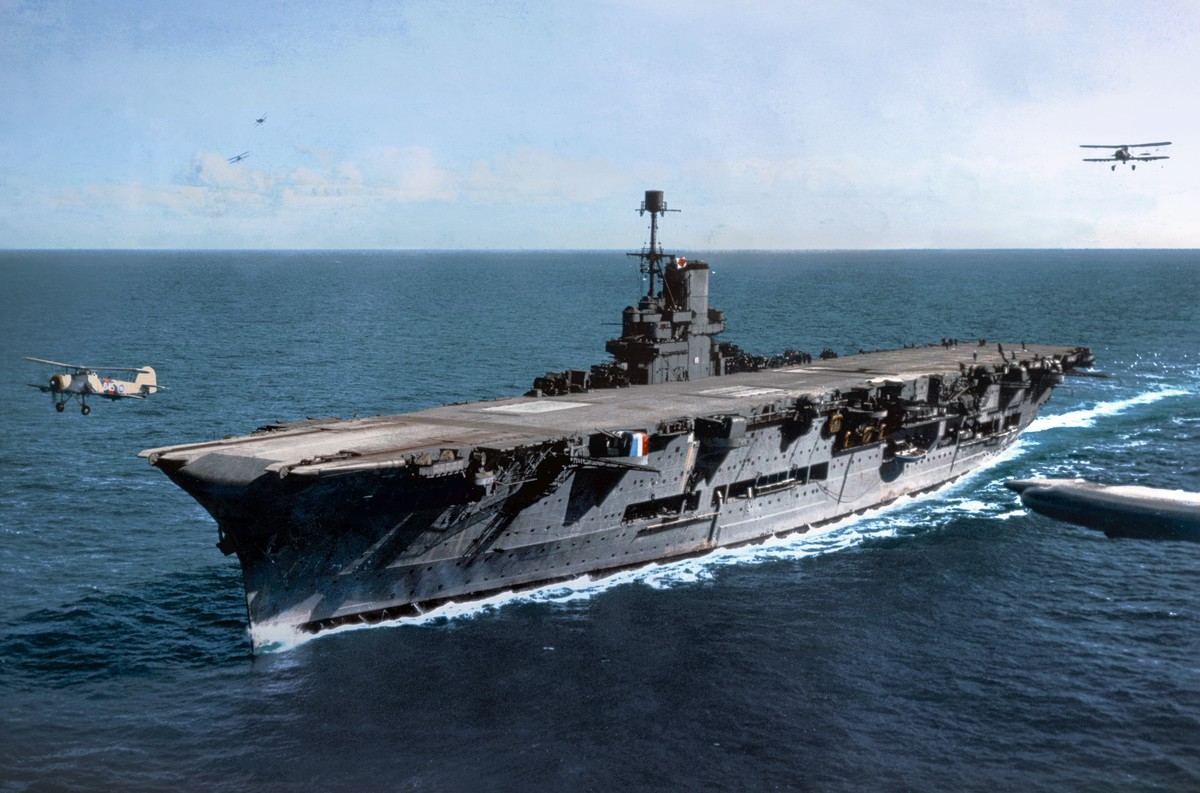
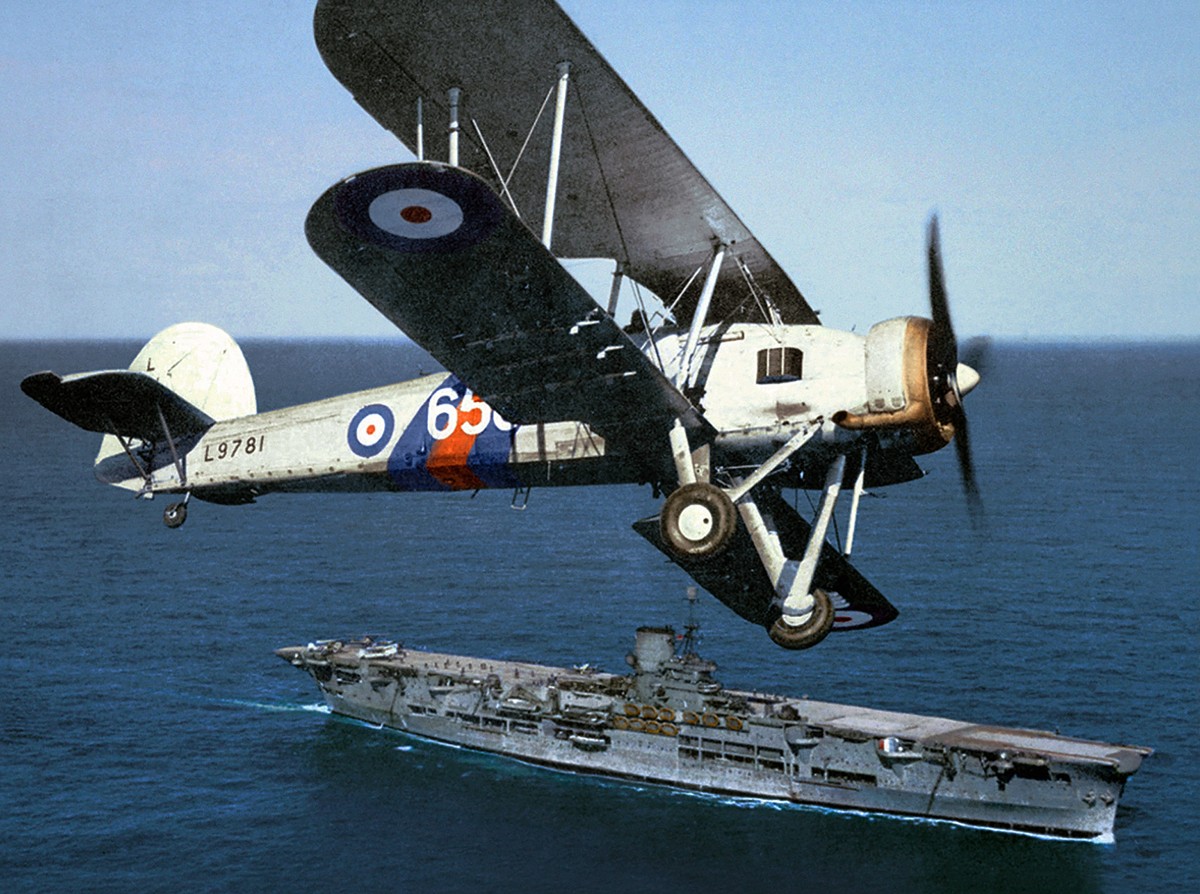
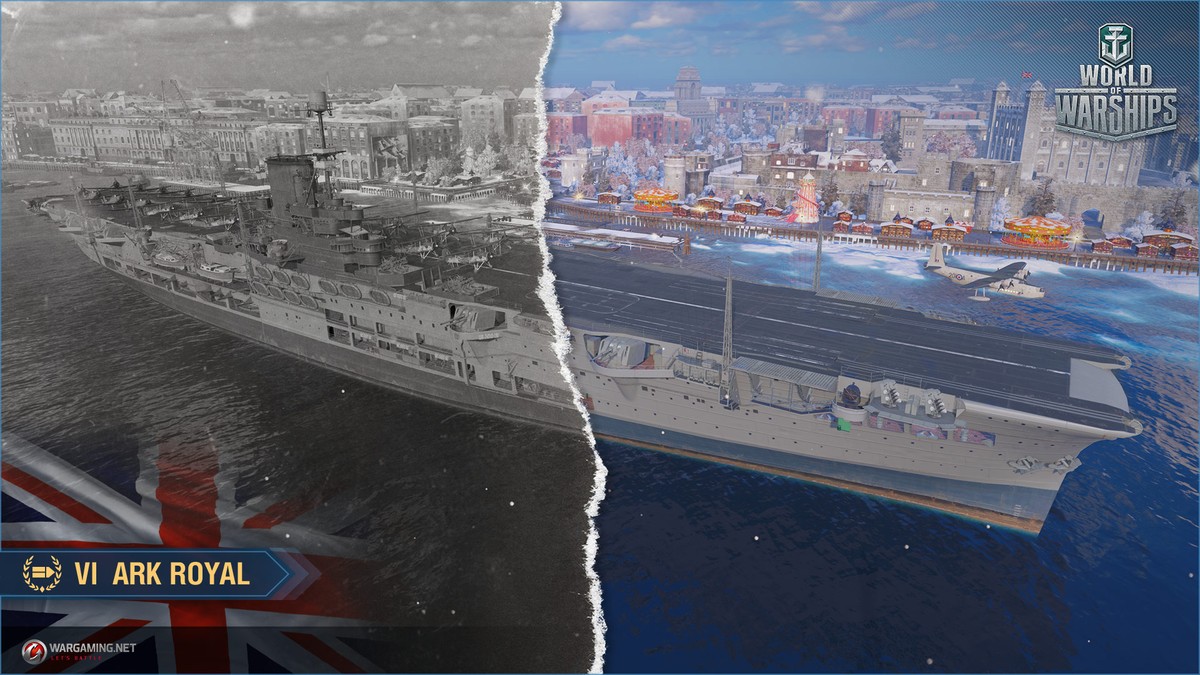
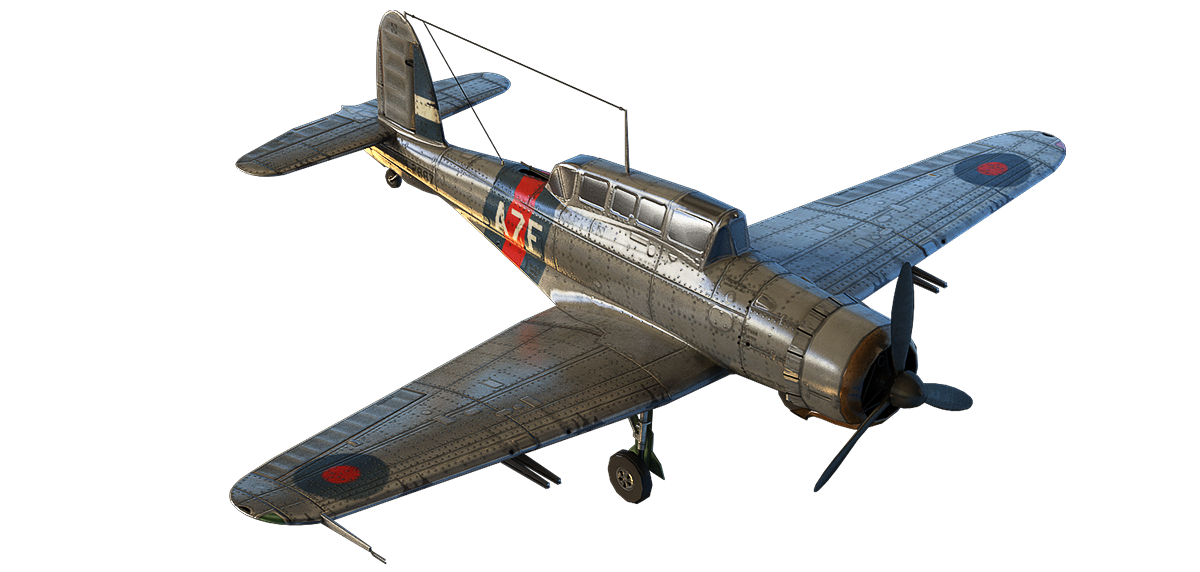
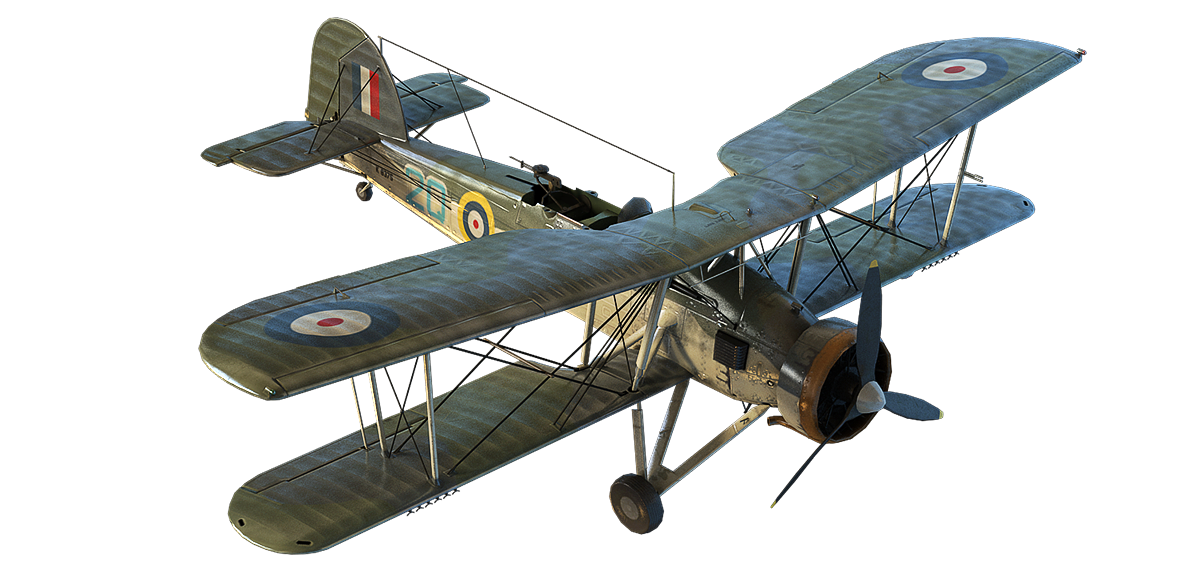

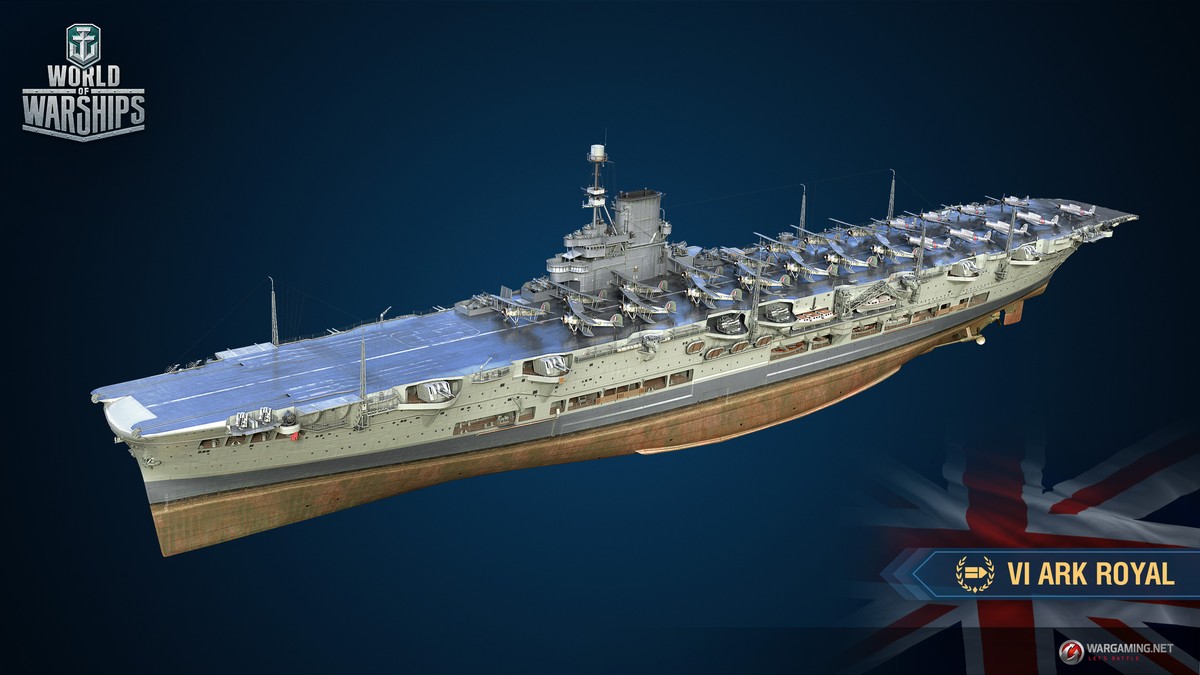
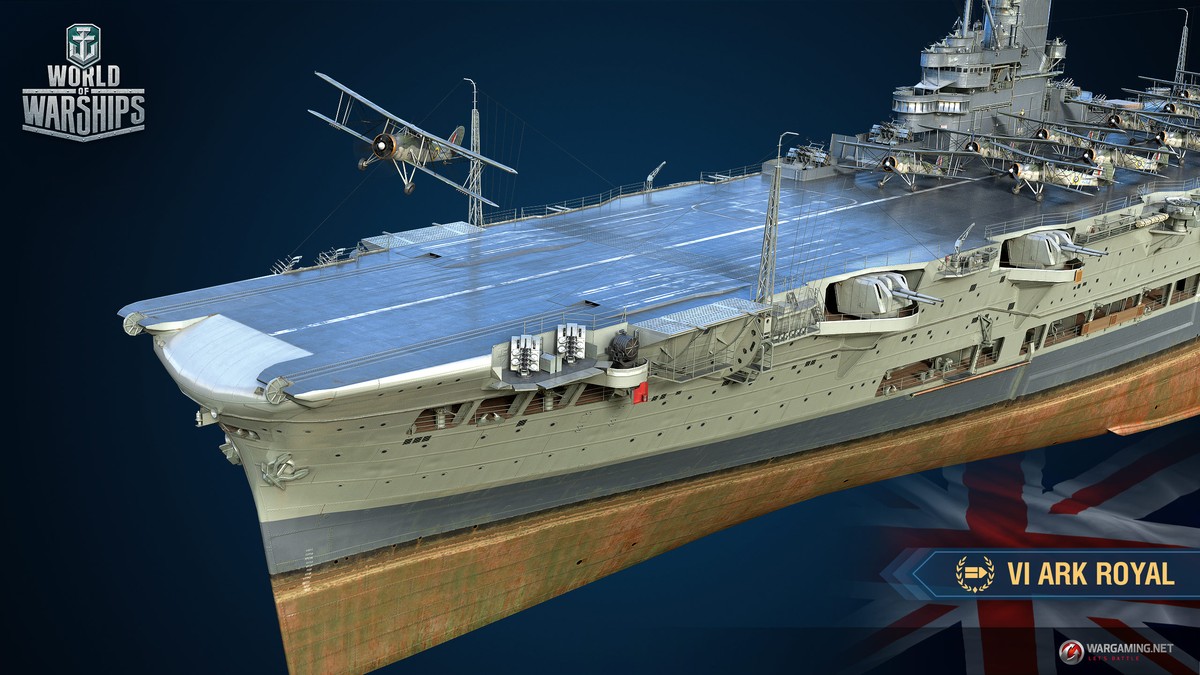
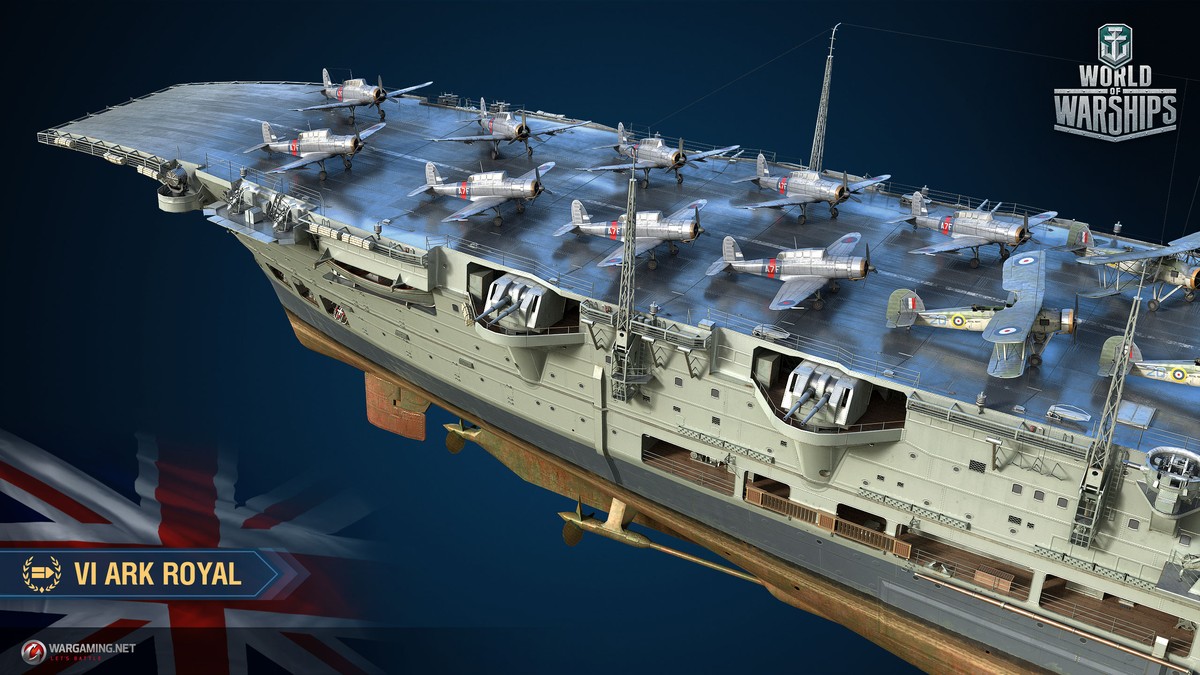
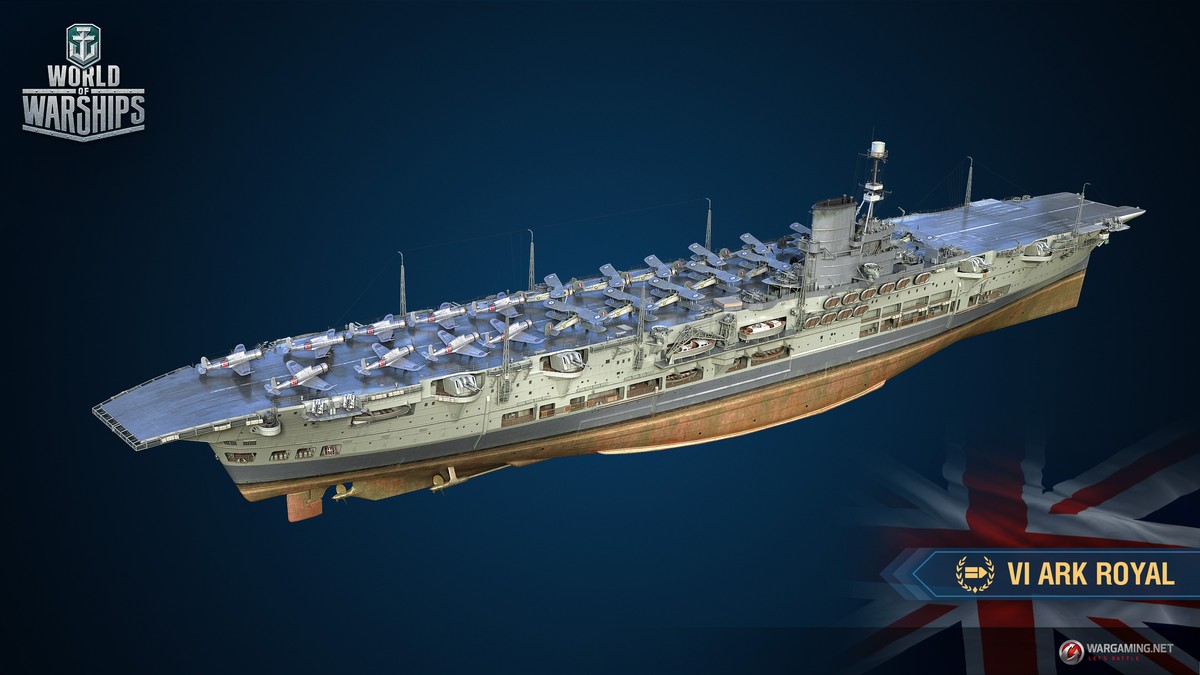
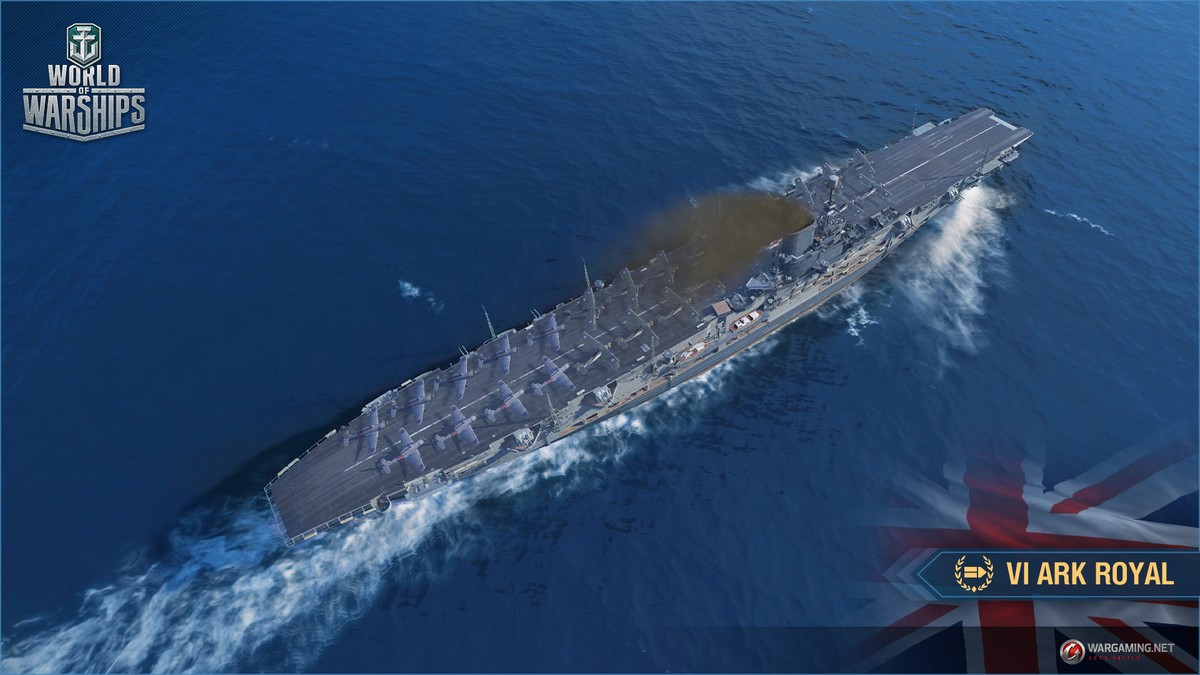
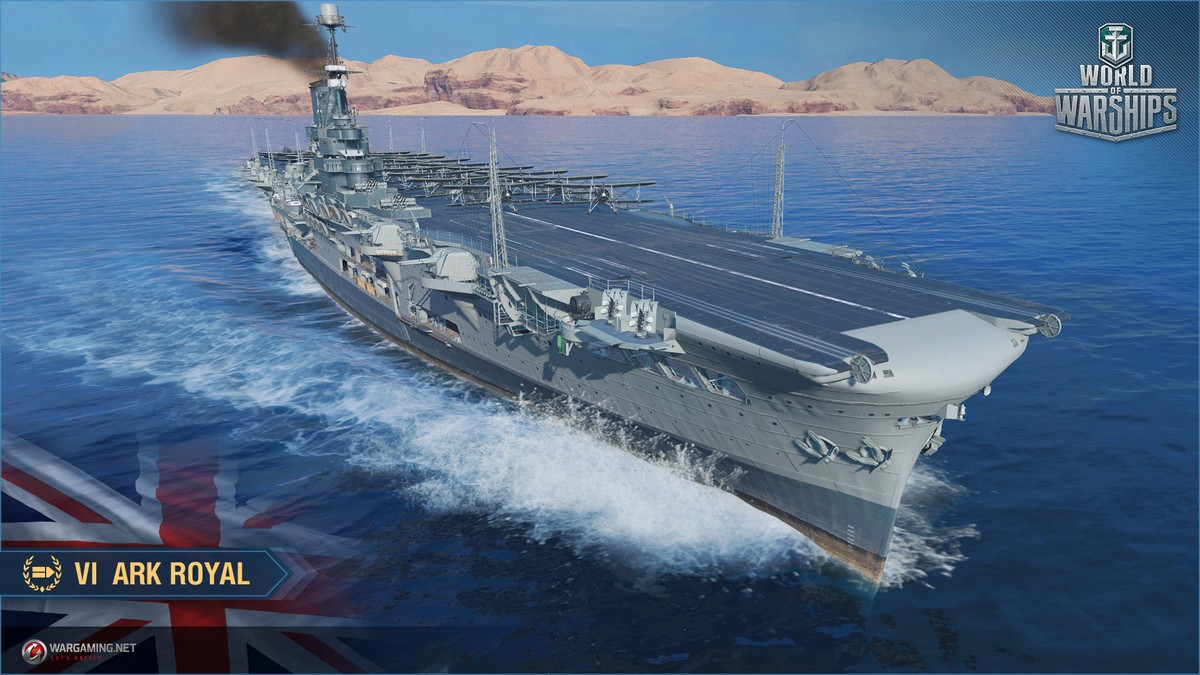
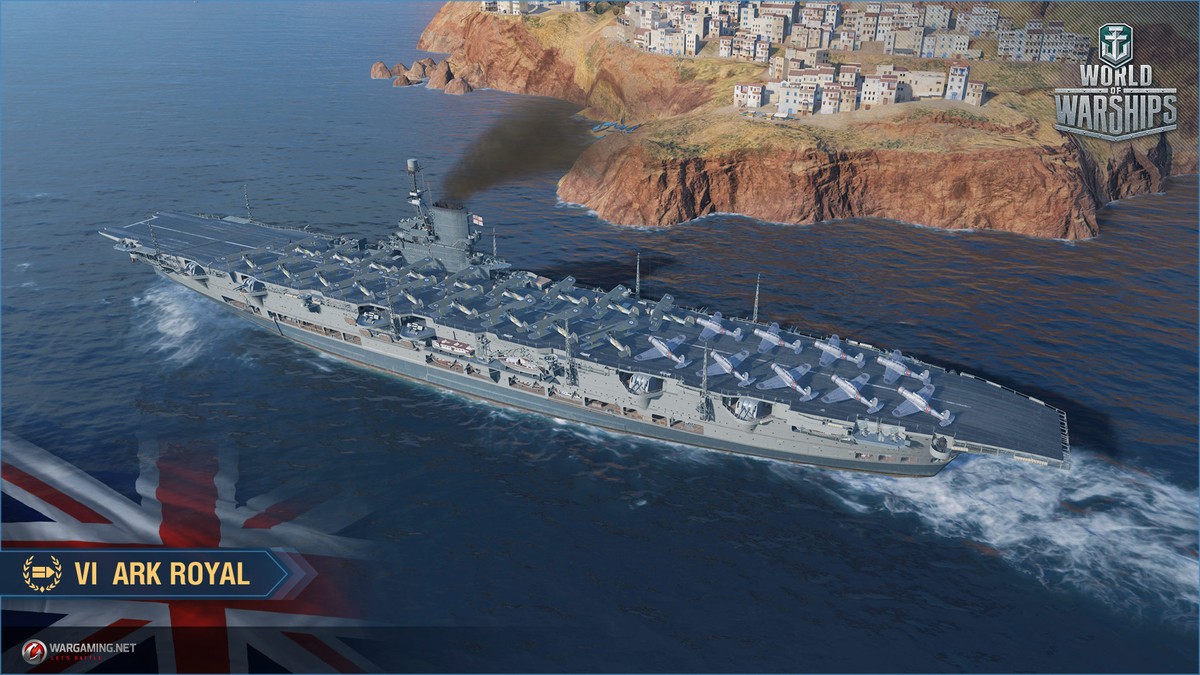
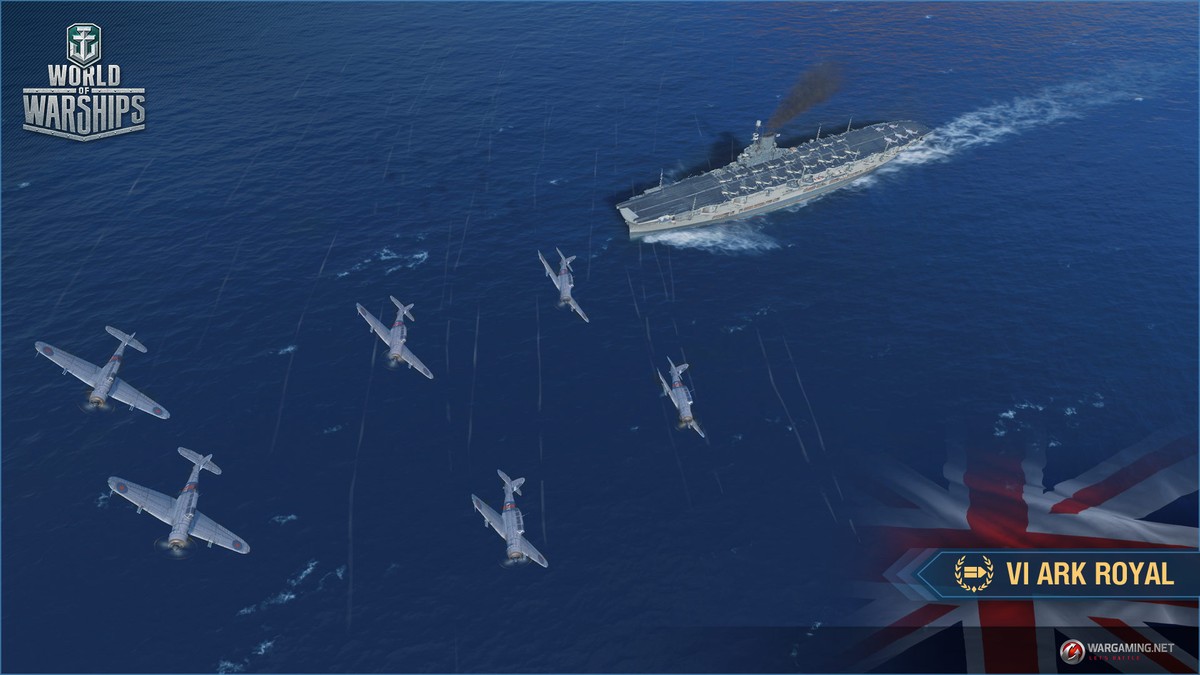
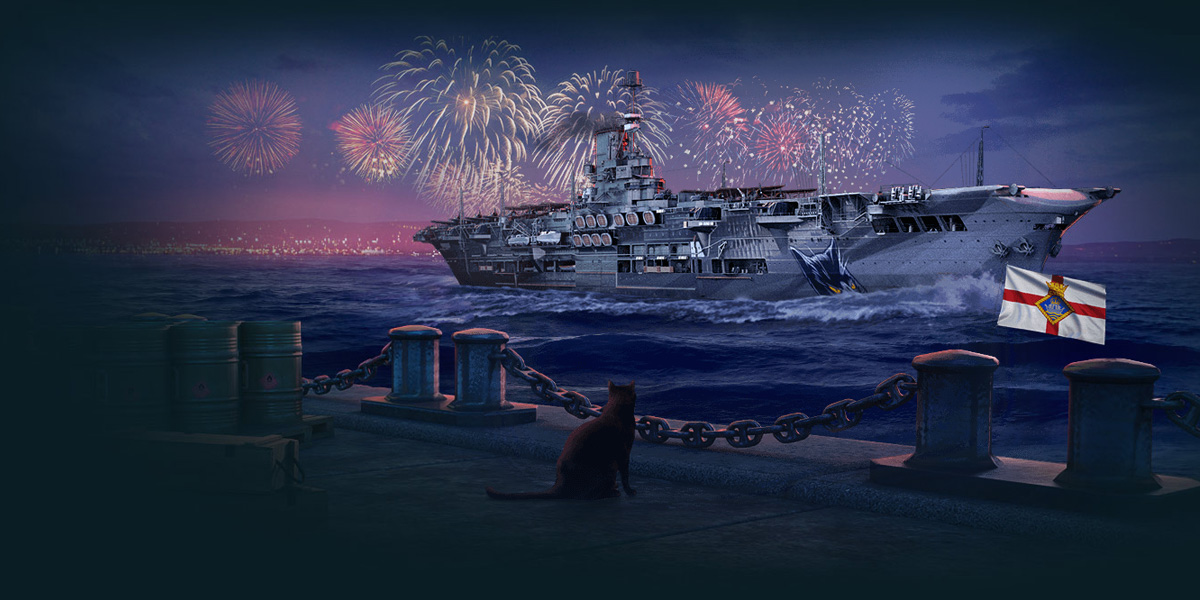
 2,500,000
2,500,000 Bundles are available for purchase until Fri. 18 Oct. 07:00 CEST (UTC+2)
Bundles are available for purchase until Fri. 18 Oct. 07:00 CEST (UTC+2)
